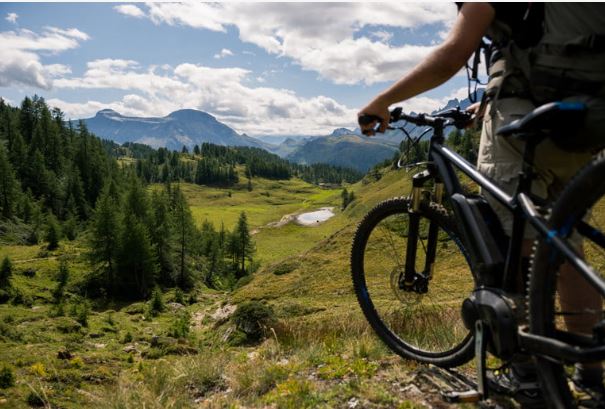***************************************************************************************
Key points about electric motorized bikes
America’s backcountry should not be motorized.
E-bikes do have a place on public lands – they should be allowed in places designated for motorized vehicles.
The bicycle industry should not be dictating policy about how our public lands are managed. There is a public procedure for travel management policy on these lands.
As outdoor recreation in general becomes increasingly motorized, trails reserved for non-motorized use become even more vital to the millions who prefer travel by foot, cross country skis, horseback or traditional mountain bikes on our shared public lands.
Motorized bikes will disturb wildlife deeper into their backcountry habitat.
“Non-motorized” means no motors. So allowing any motorized vehicles onto non-motorized trails violates that principle, and it would signal the beginning of the end for non-motorized trails on our wild lands.
Any kind of electric bikes on non-motorized trails would undermine nearly a half century of policy and practices. It would be unmanageable and send federal land agencies down a slippery slope toward further motorization of our trails and backcountry.
The agencies that manage our national lands do not have the resources to monitor or police e-bikes on trails.
Like many other groups that care about trails on our public lands, we strongly oppose any effort to change existing trail management rules or policies and encourage all federal land management agencies to reject any effort to open non-motorized trails to e-bikes or other motorized vehicles.
**********************************************************************************************
Subject: California Groups Sue to Keep Motorized Electric Bikes Off Non-motorized Trails in Tahoe National Forest
We’re a plaintiff here. Our statement is below, which highlights the California partners in the suit. Press statement below, talking points attached as a heads up. Thanks Alison Flint, Michael Carroll et al for the heavy lifting.
Michael Reinemer
Deputy Director, Communications Strategy
1615 M Street N.W. Washington DC 20036
202-429-3949 | cell 703-966-9574
The Wilderness Society | The Wilderness Society Action Fund
California Groups Sue to Keep Motorized Electric Bikes Off Non-motorized Trails in Tahoe National Forest
Dramatic change in trail policy was made without public input
SACRAMENTO, October 23, 2019 – Backcountry trail and forest groups in California joined together in a suit filed today that challenges the U.S. Forest Service decision to allow motorized bikes to operate on non-motorized trails in the Tahoe National Forest.
Plaintiffs in the suit include the Gold Country Trails Council, Backcountry Horsemen of California, Back Country Horsemen of America, the Forest Issues Group and The Wilderness Society. The groups are represented by the Western Environmental Law Center.
Helen Harvey, President, Gold Country Trails Council, Nevada County
“Allowing motorized bicycles on non-motorized trails meant for hikers, backpackers and equestrians poses risks and conflicts for the many visitors who enjoy that type of quiet recreation. It also undermines the trail building and maintenance time and money our volunteers have contributed in the Tahoe National Forest for decades.”
The groups cite several violations of law and policy, including the Travel Management Rule, which confines motorized transportation to certain trails to prevent harm to nature and conflicts with other trail users. Also, the Forest Service did not assess the environmental impacts of its decision, as required by the National Environmental Policy Act, one of the nation’s bedrock conservation laws.
Background
The Tahoe National Forest recently permitted “Class 1” electric mountain bikes on more than 130 miles of trails that had been developed and managed for hiking and other non-motorized uses. The Tahoe already has about 2,500 miles of trails and roads available for motorized uses.
The Tahoe’s decision undermines long-standing travel management laws and policies that help ensure higher quality recreation experiences for both motorized and non-motorized users, prevent avoidable damage to water, wildlife, and other resources, and alleviate public safety concerns and conflicts between users.
Prior to opening non-motorized trails to motorized bicycle use, the Tahoe National Forest should have followed the required travel management planning procedure, which is a public process that includes analysis under the National Environmental Policy Act (NEPA). Sometimes called the Magna Carta of conservation law, NEPA requires environmental analysis and public participation in federal decisions that affect public lands.
Earlier this year hundreds of trail advocates and conservation groups sent a joint letter to federal land management officials opposing any effort to allow e-bikes on non-motorized trails. The letter noted that non-motorized trails were created to ensure that the public could find recreational trail opportunities free from the ever-growing motorization and mechanization of our public lands. Millions of public land users including hikers, backpackers, hunters, horse packers, climbers and mountain bikers value non-motorized trails for recreation.
Additional comments from plaintiffs
Randy Hackbarth, President, Back Country Horsemen of California, Mother Lode Unit
“We are disappointed that the rules for using trails in this wonderful natural area were changed behind closed doors without public participation. This is particularly disappointing for our members who are proud of the stewardship and care they bring to the non-motorized trails on public lands. “
Lloyd Erlandson, President, Backcountry Horsemen of California
“This move by the Forest Service would benefit the e-bike industry at the expense of the users that non-motorized trails are supposed to serve. The appeal of quiet recreation and the quality of wildlife habitat in California will suffer unless this decision is reversed.”
Darrell Wallace, Chairman, Back Country Horsemen of America
“This decision sets the stage for motorizing America’s backcountry, which violates the principles and partnerships that we have worked so hard to secure over many years. We believe there is a place for motorized bikes, but non-motorized trails – by definition — are not the right place.”
Susan Jane M. Brown, Staff Attorney, Western Environmental Law Center
“The Forest Service cannot simply disregard its own rules when it comes to allowing electric bikes on non-motorized trails on the Tahoe National Forest. With this lawsuit, we seek to compel the agency to follow those rules.”
Alison Flint, Director, Litigation & Agency Policy, The Wilderness Society
“The Tahoe’s decision violates decades of established laws and policies designed to ensure that decisions about where motorized recreation occurs on our shared public lands are subject to public input and environmental analysis. Motorized bicycles are not exempt from those requirements.”
Contacts:
Randy Rasmussen, Back Country Horsemen of America, WildernessAdvisor@bcha.org, 541-602-0713
Michael Reinemer, Wilderness Society, michael_reinemer@tws.org, 202-429-3949
Alison Flint, Director, Litigation & Agency Policy, The Wilderness Society, Alison_flint@tws.org, 303-802-1404
Sangye Ince-Johannsen, Western Environmental Law Center, sangyeij@westernlaw.org, 541-778-6626




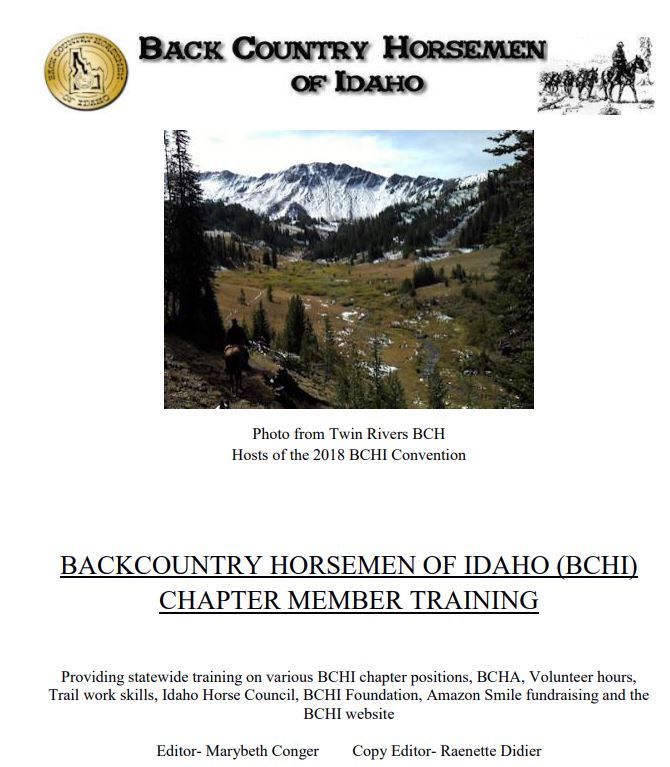
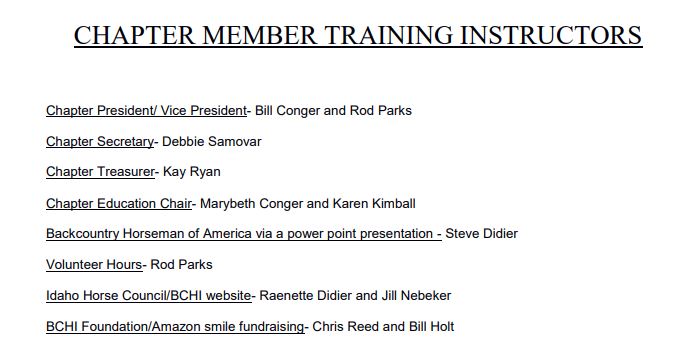
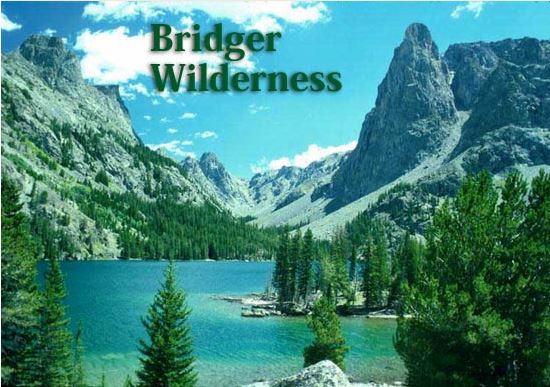
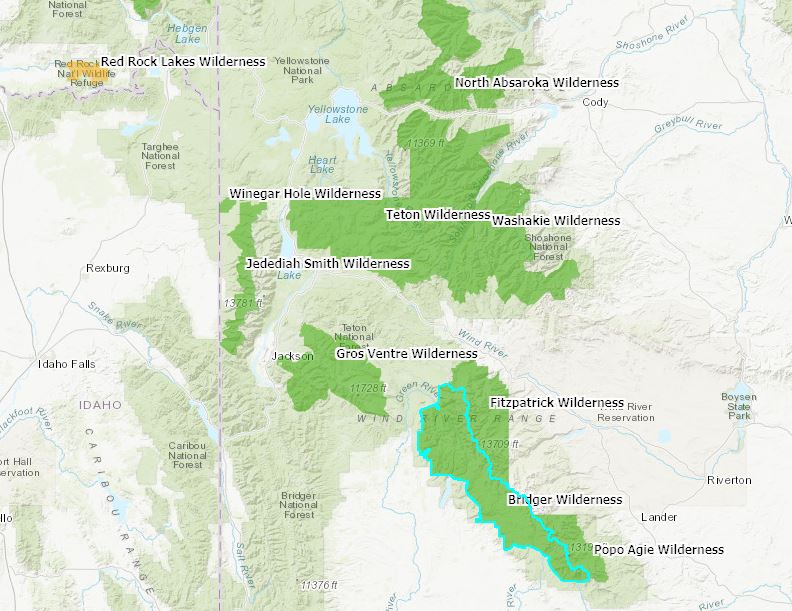
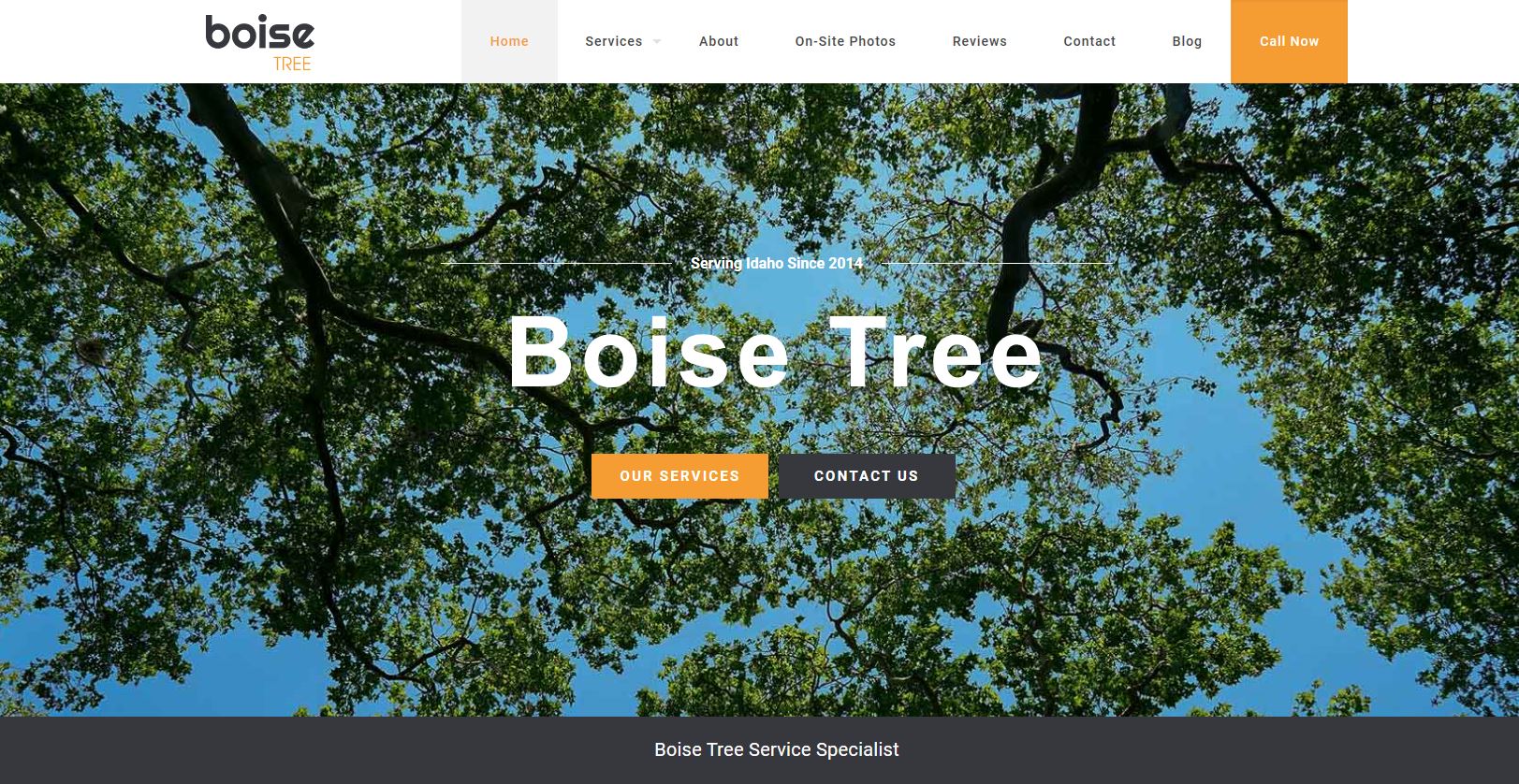
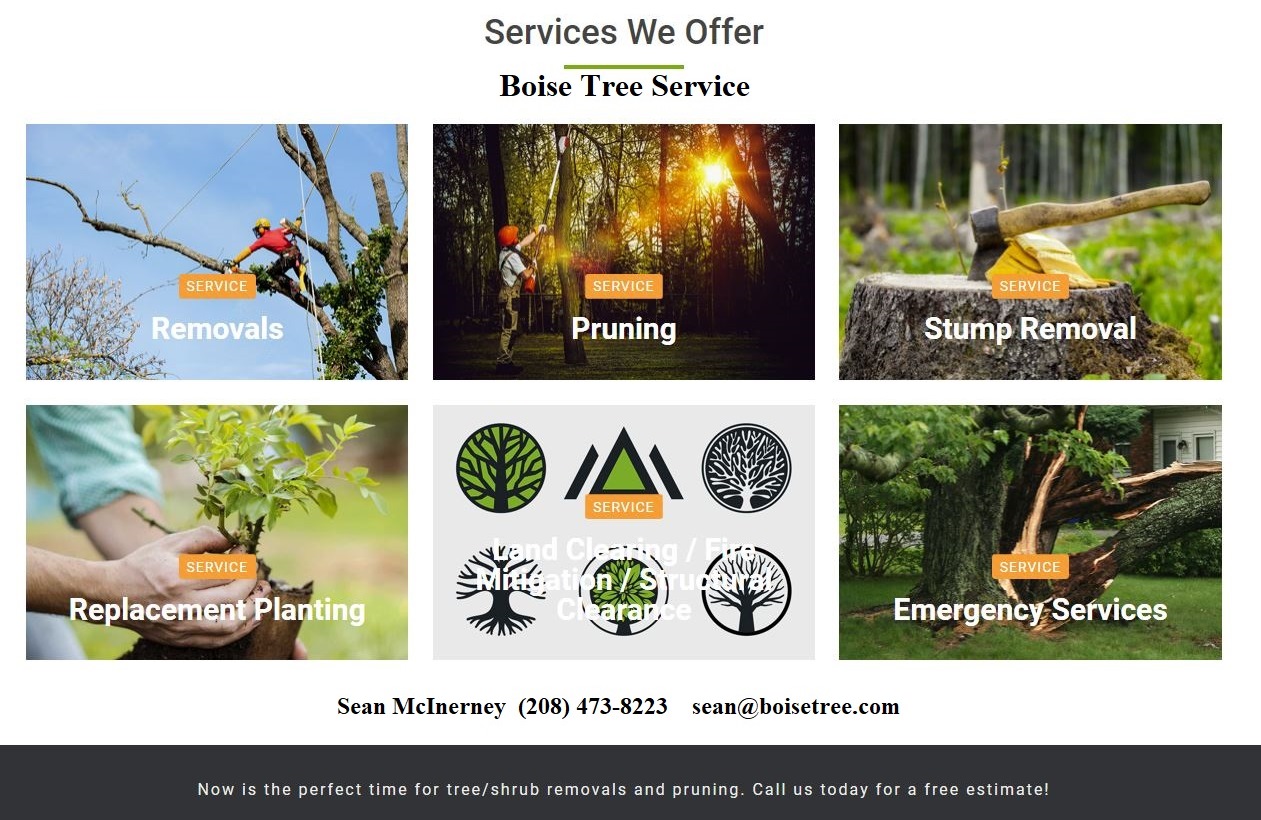
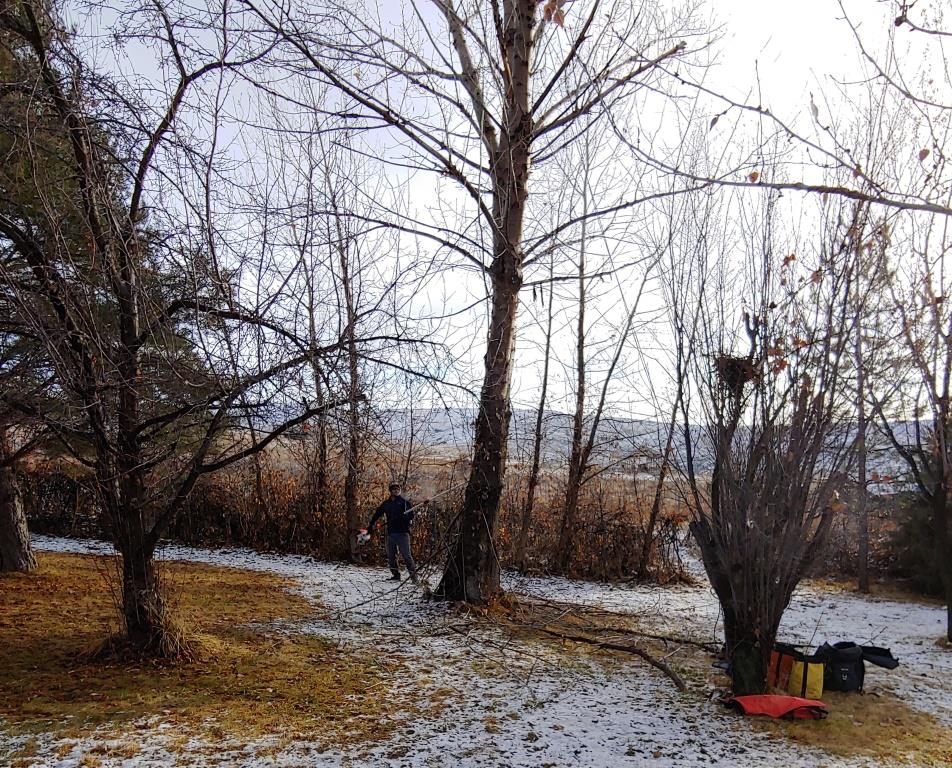
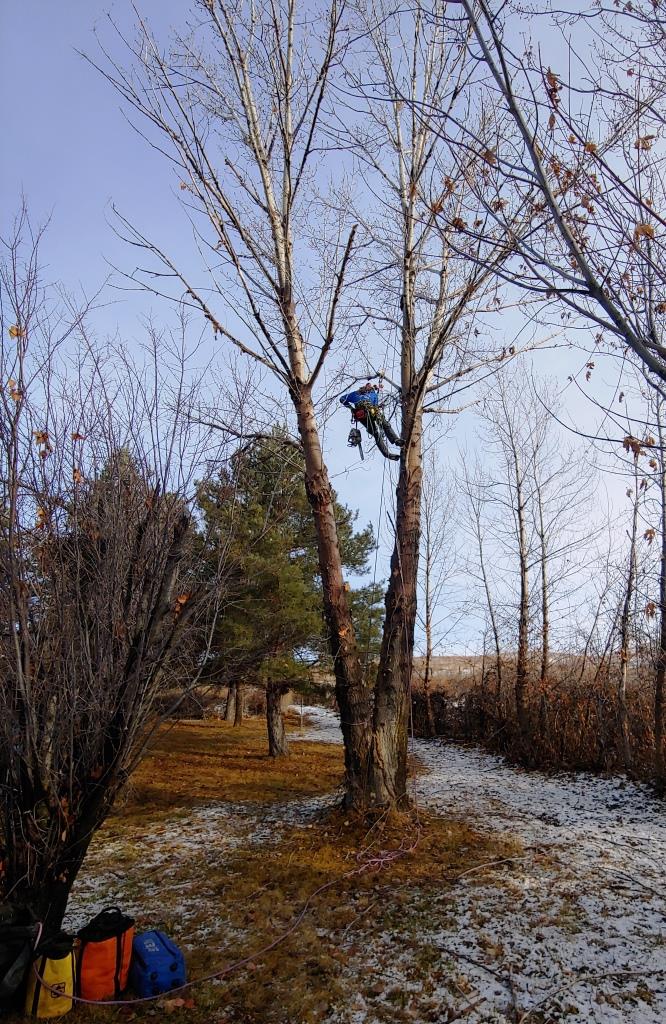
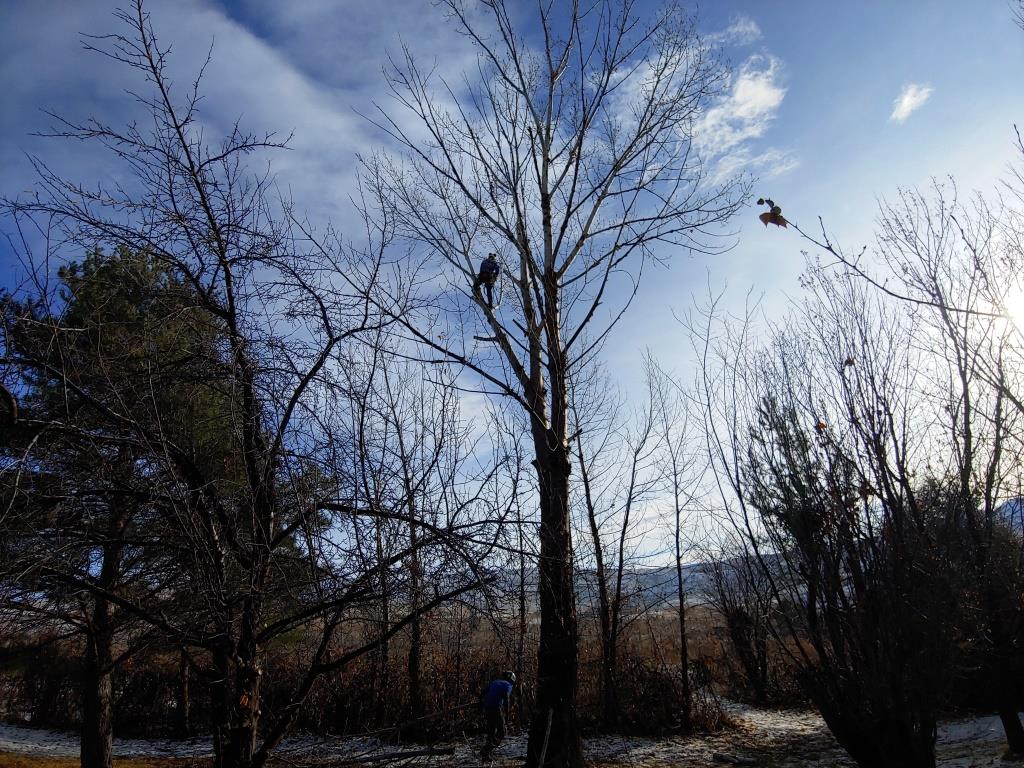
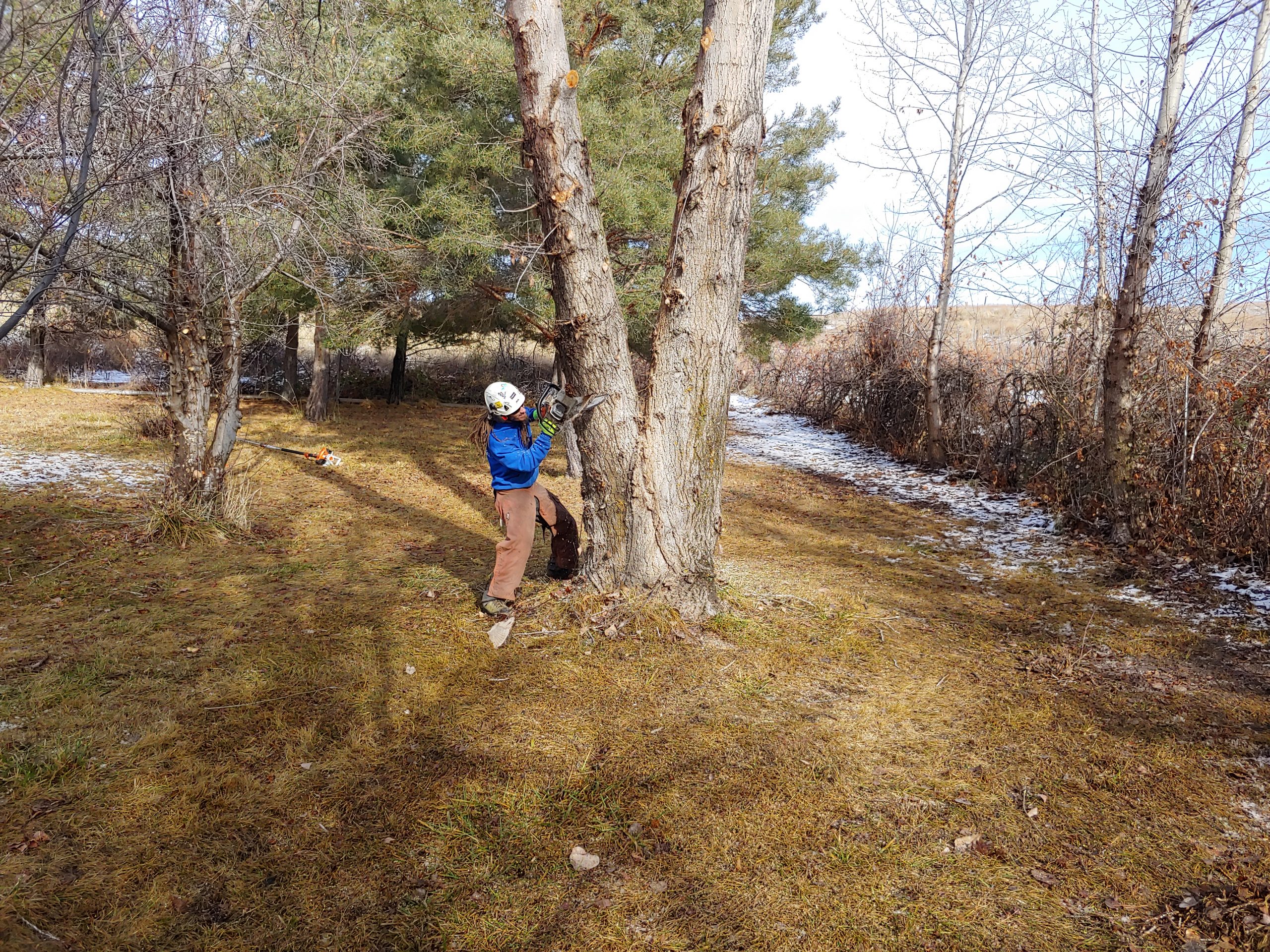
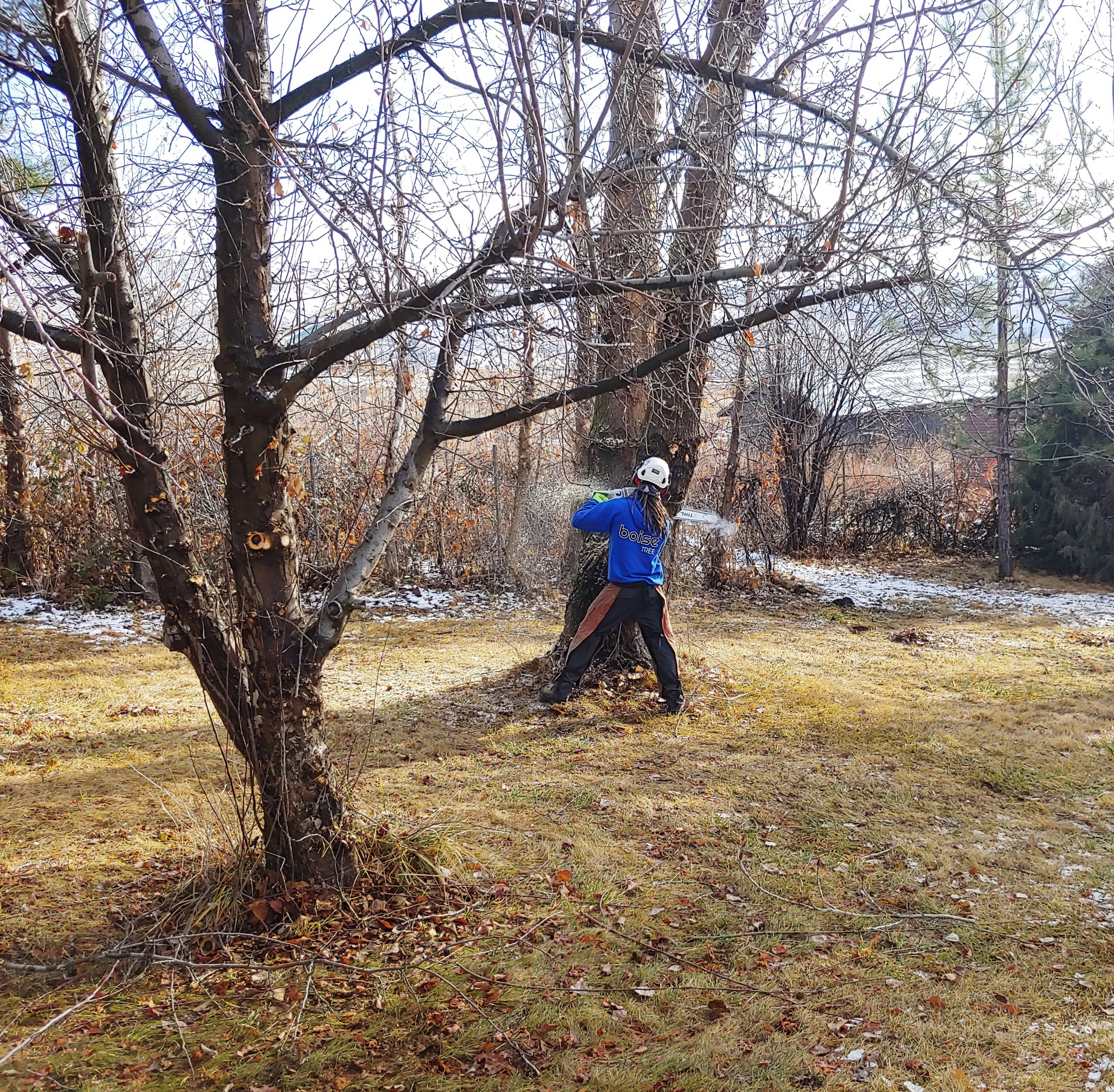
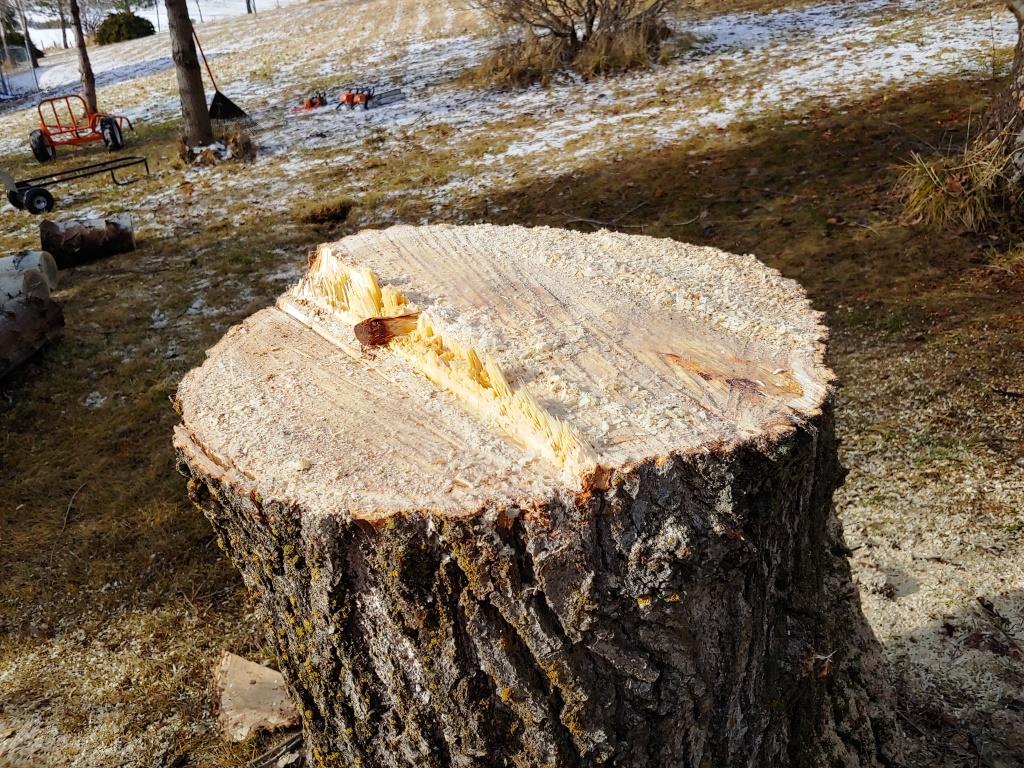
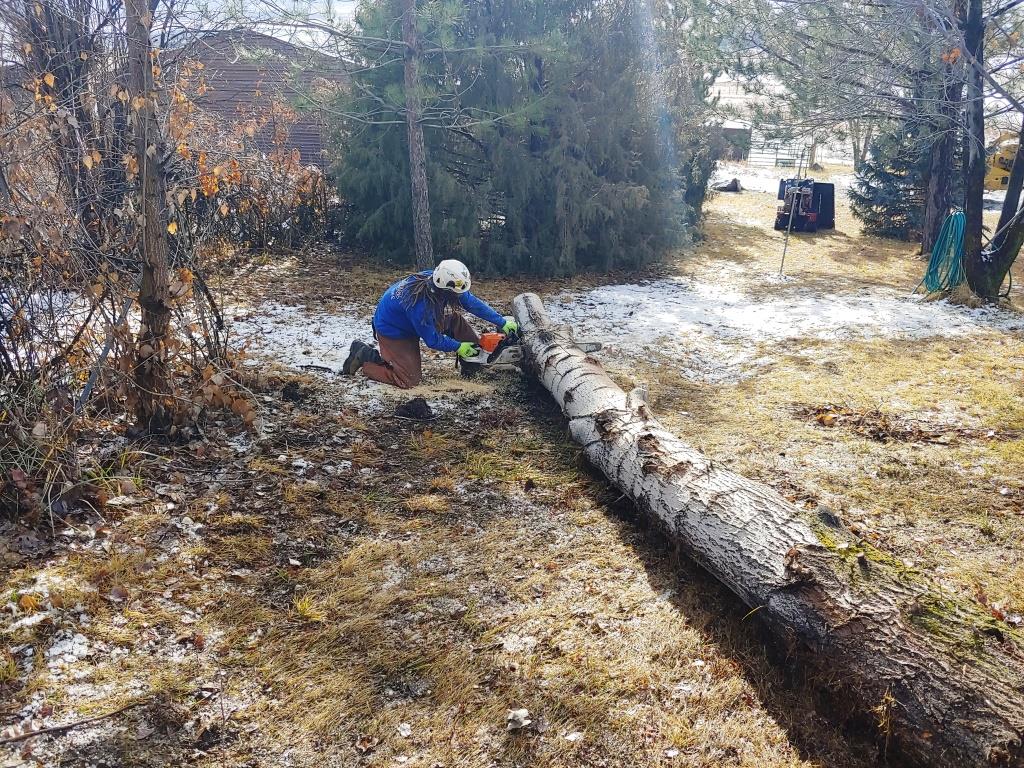
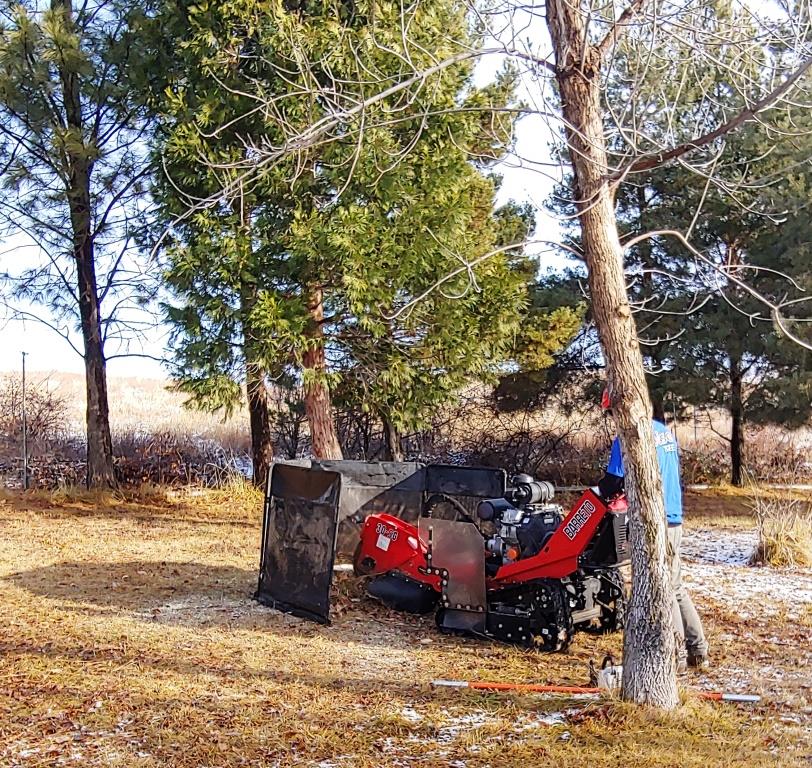
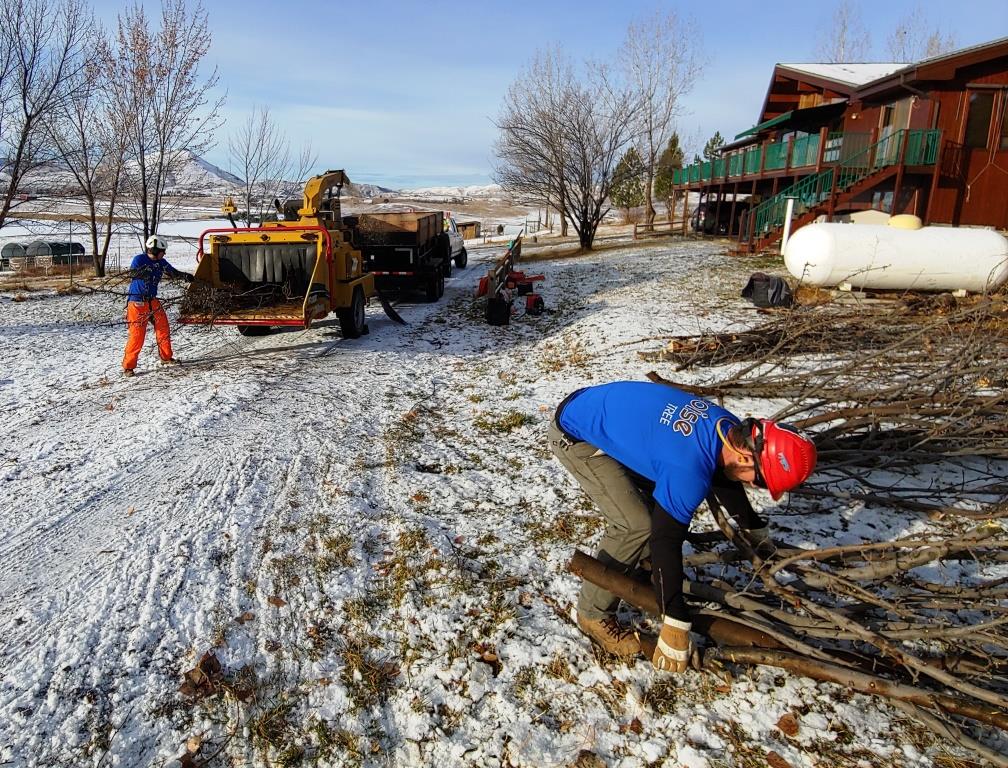
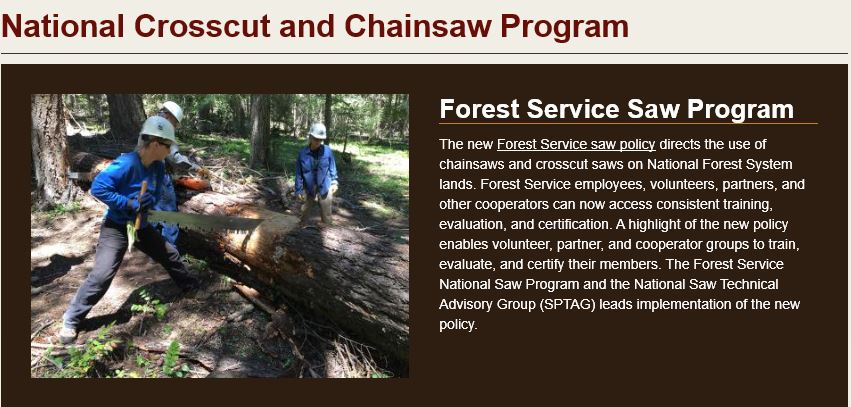
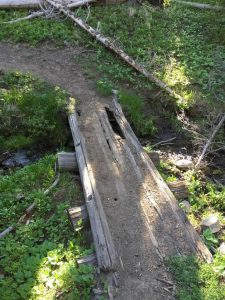
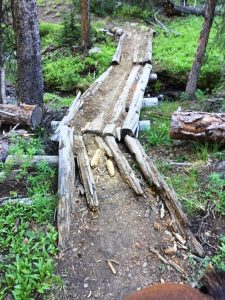
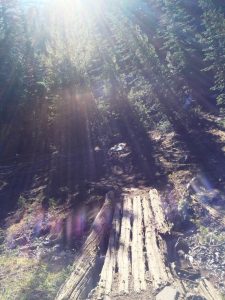
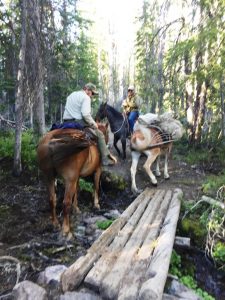
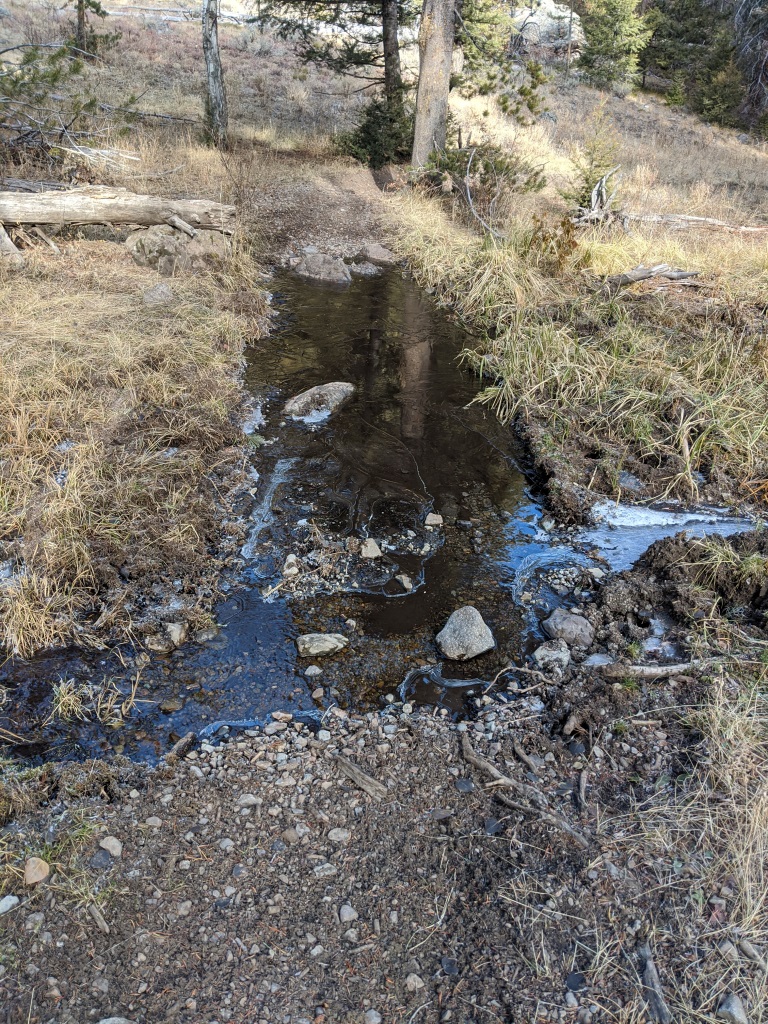

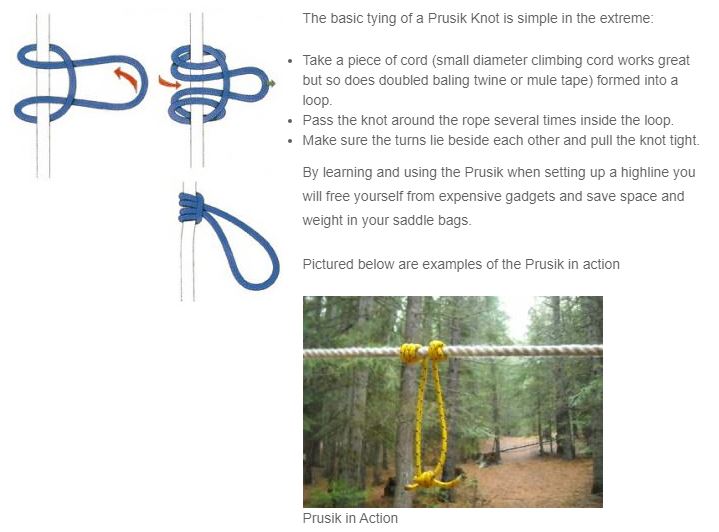
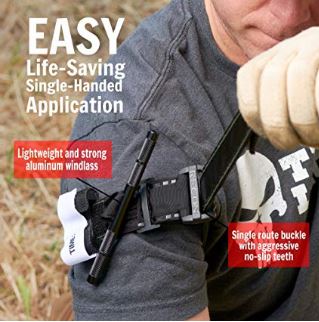




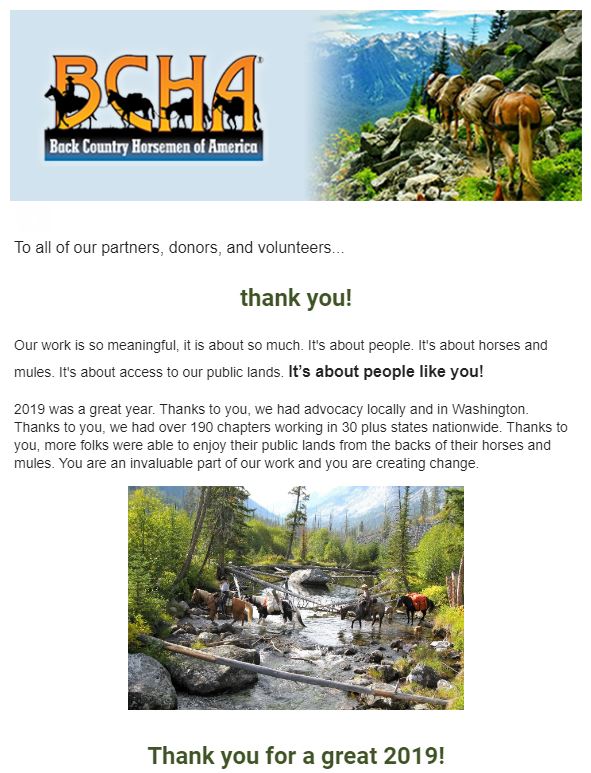
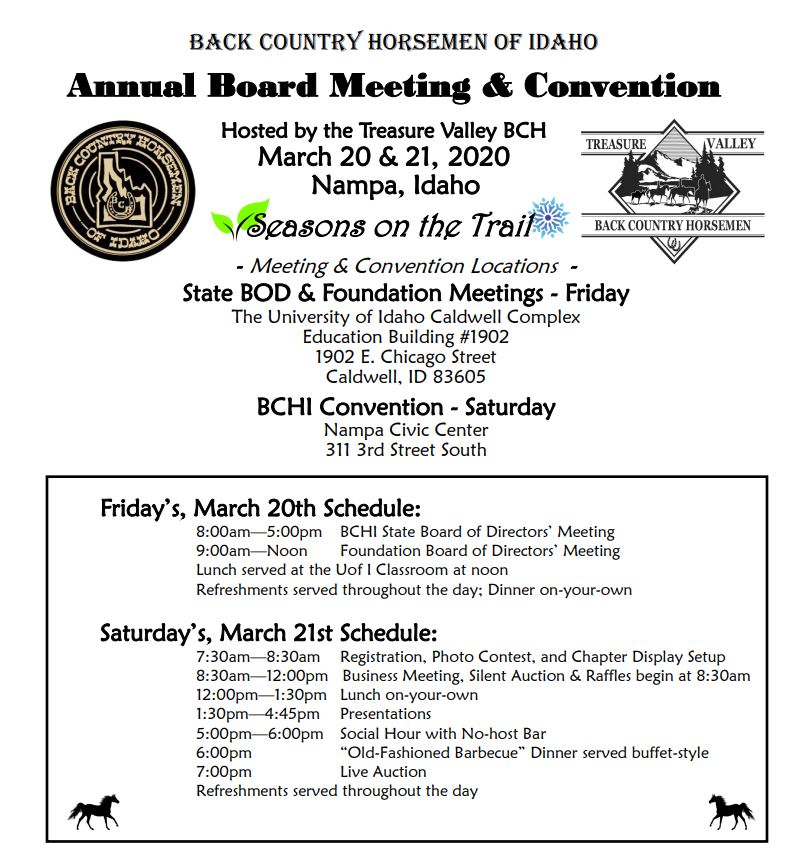
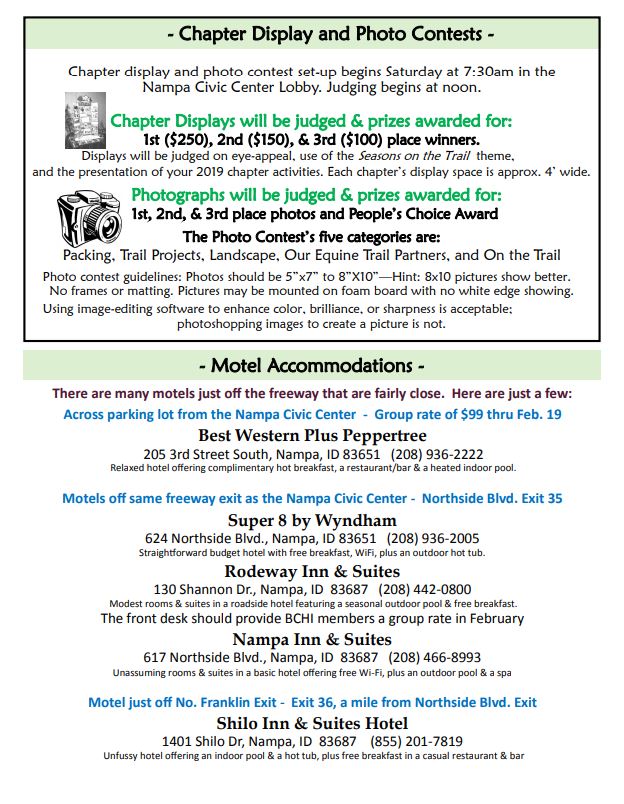
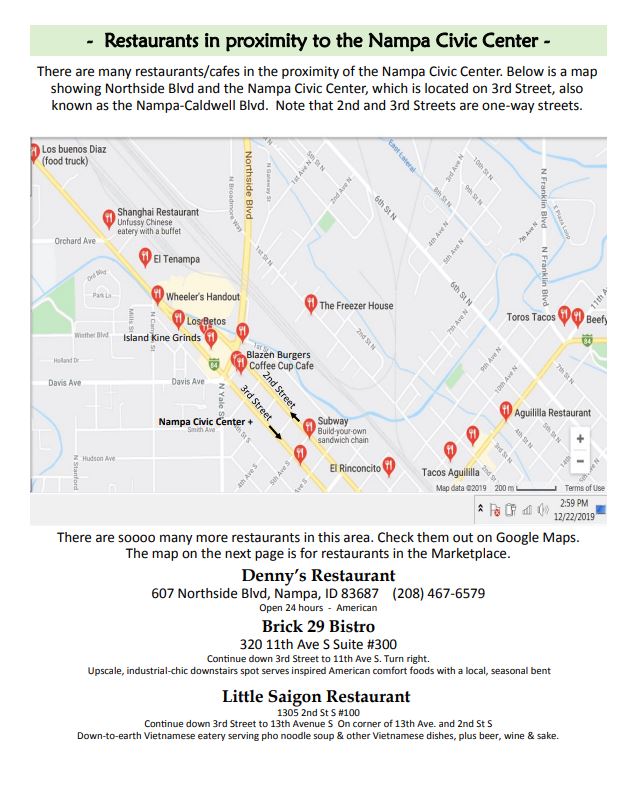

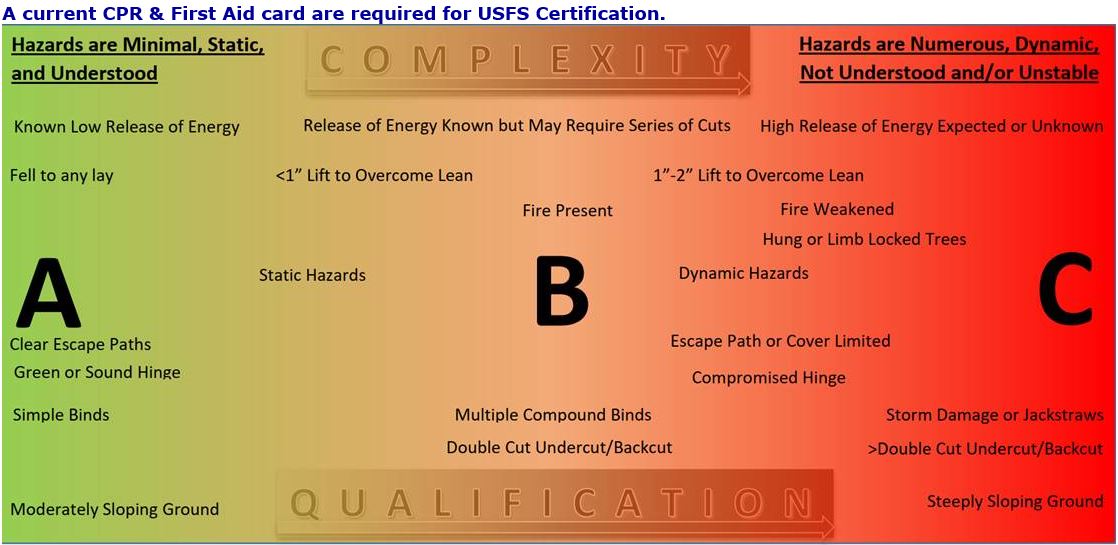




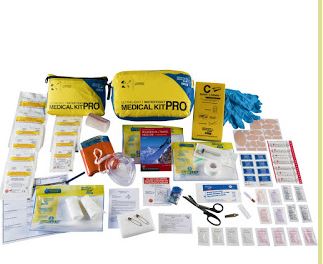

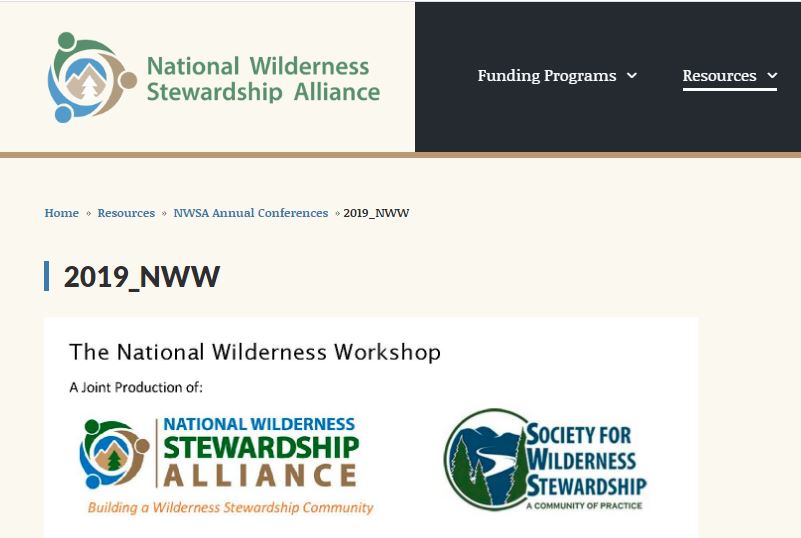
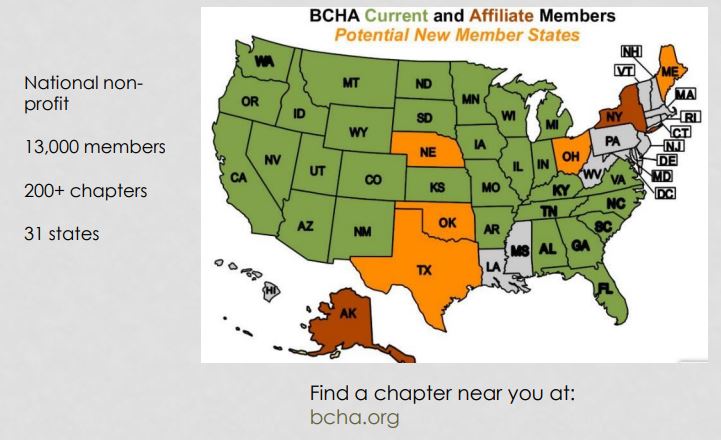

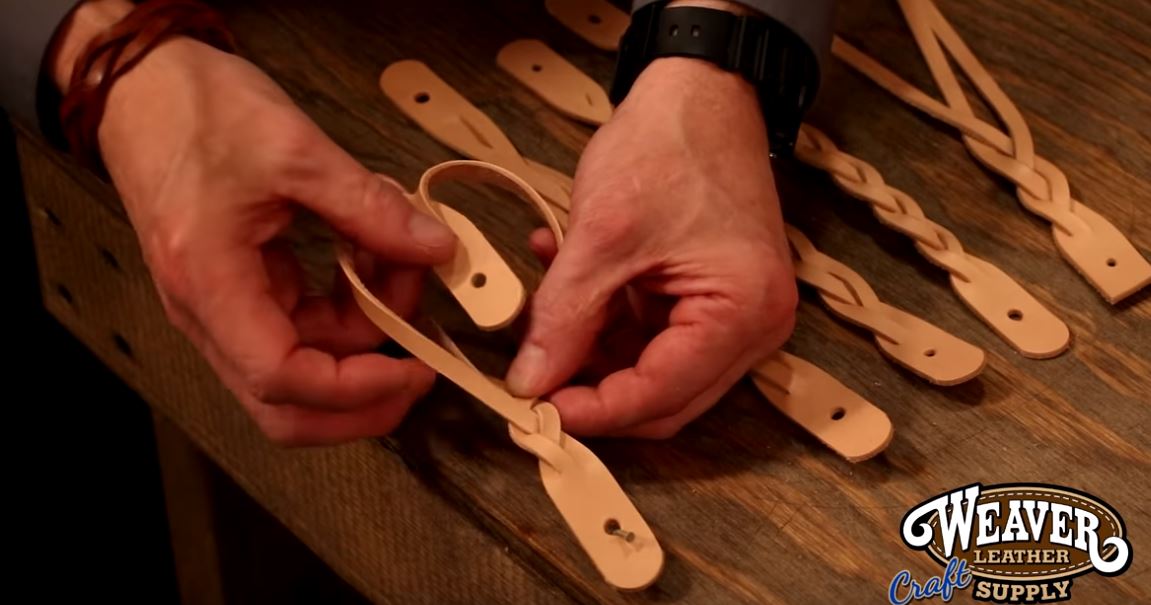

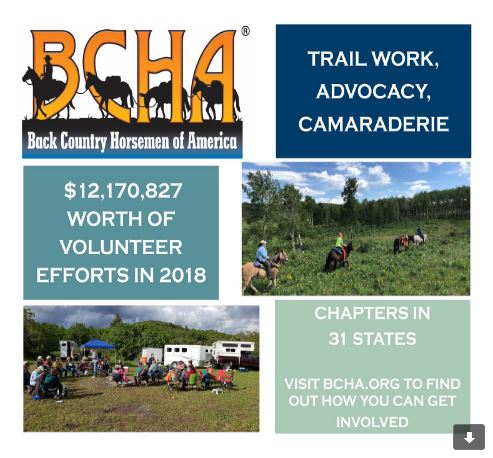
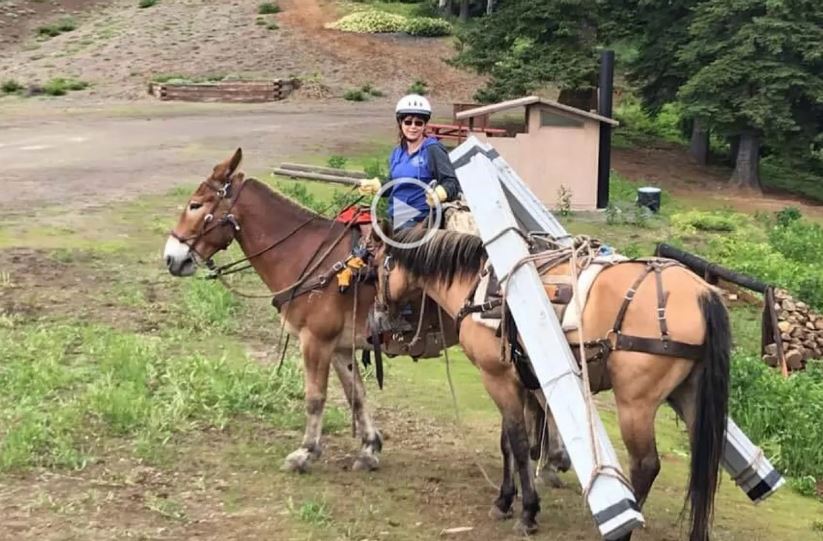

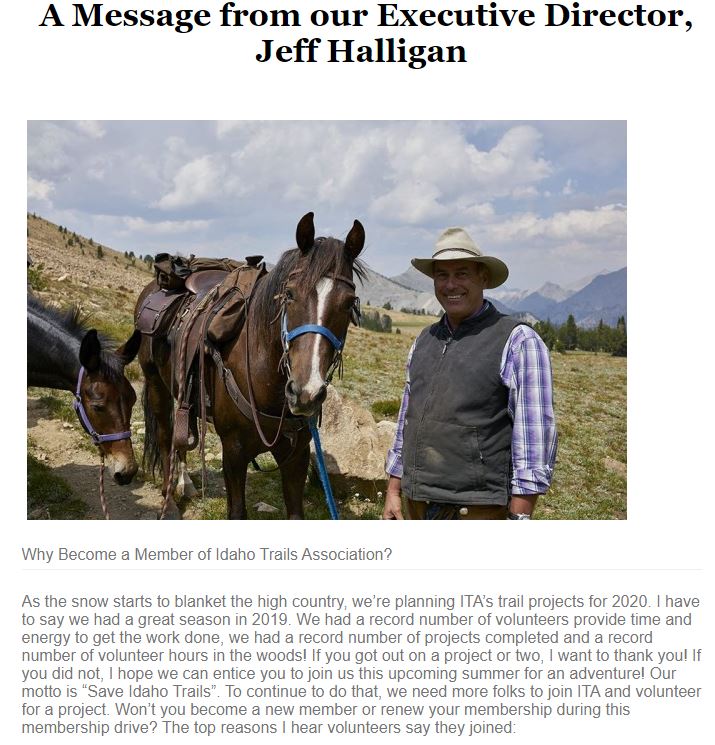
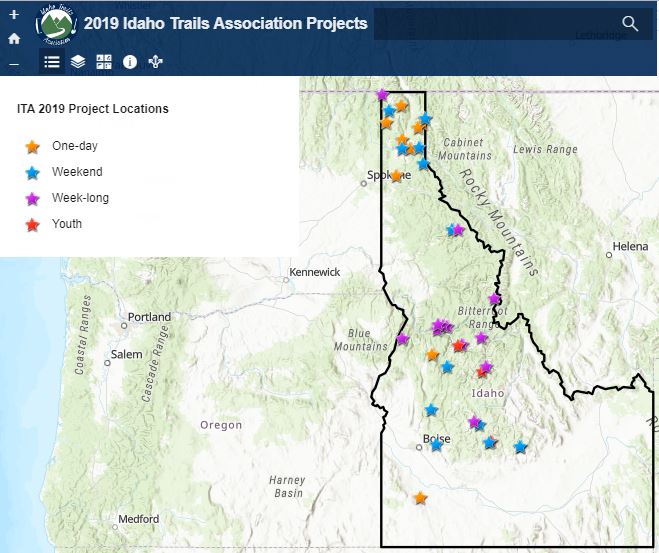
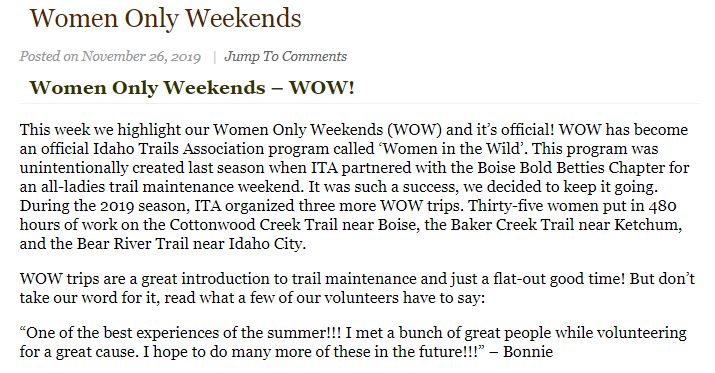
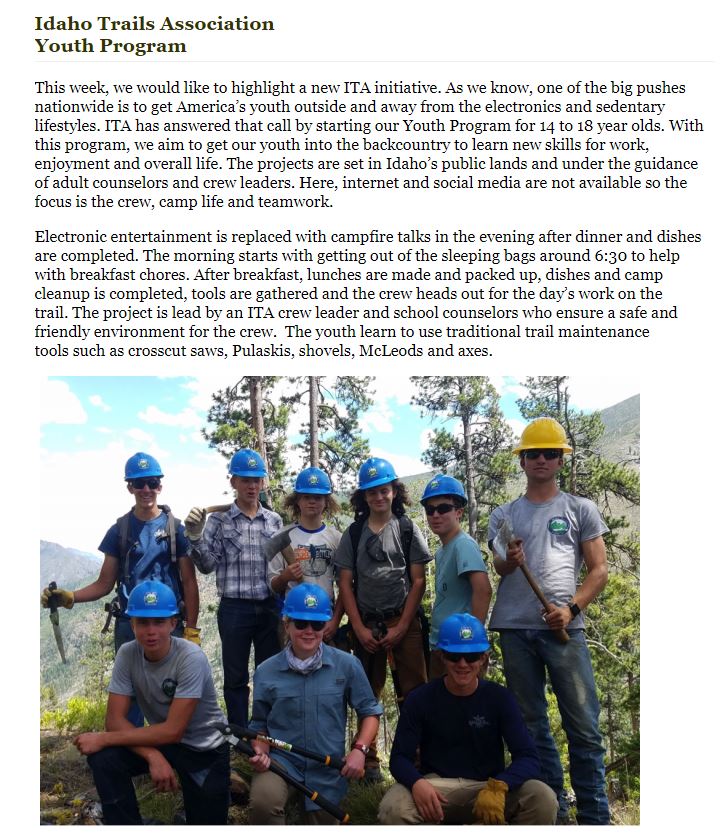
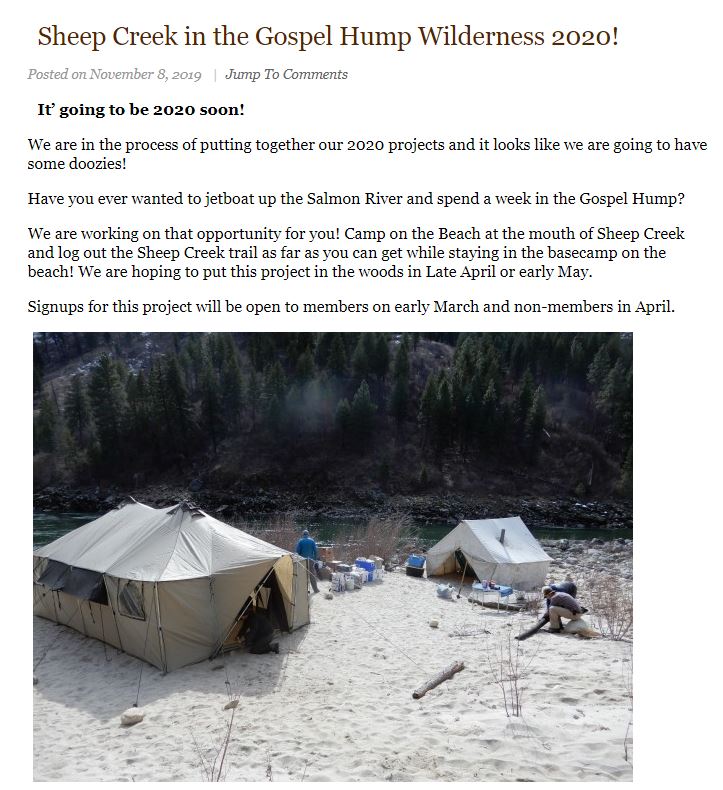

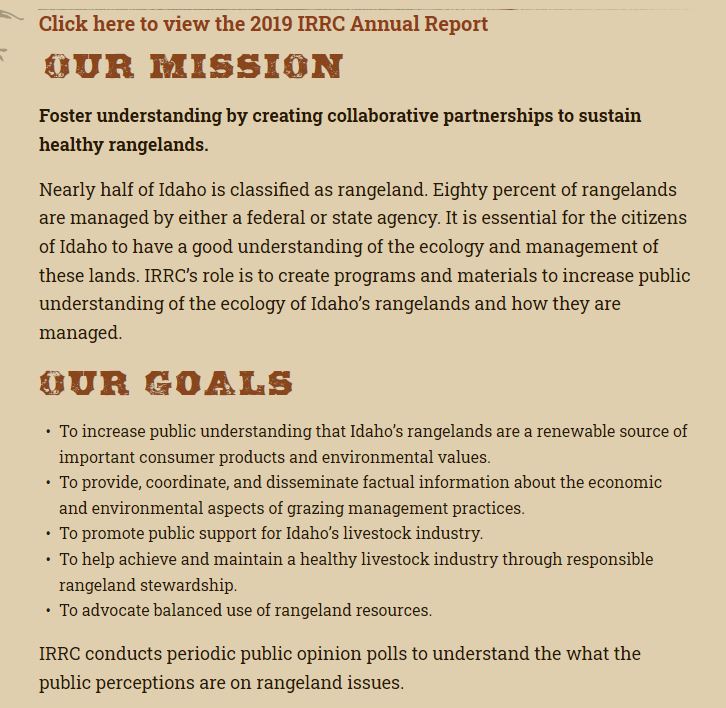
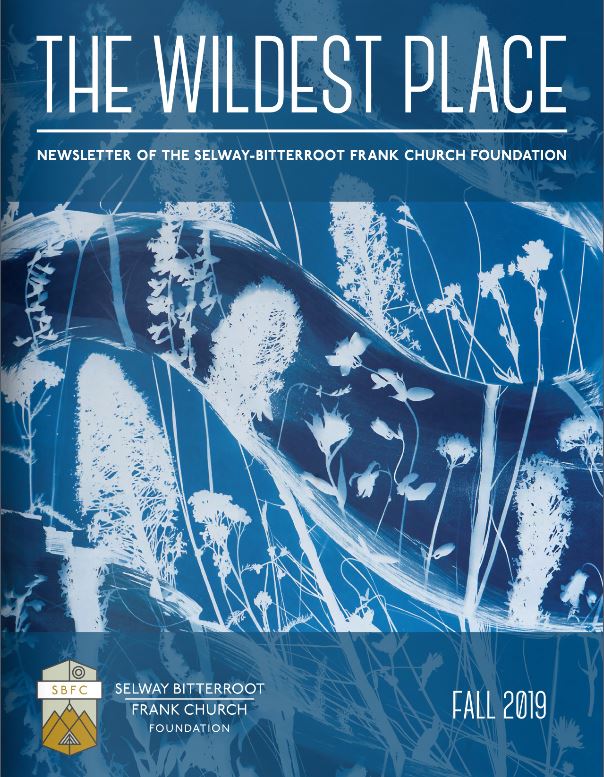
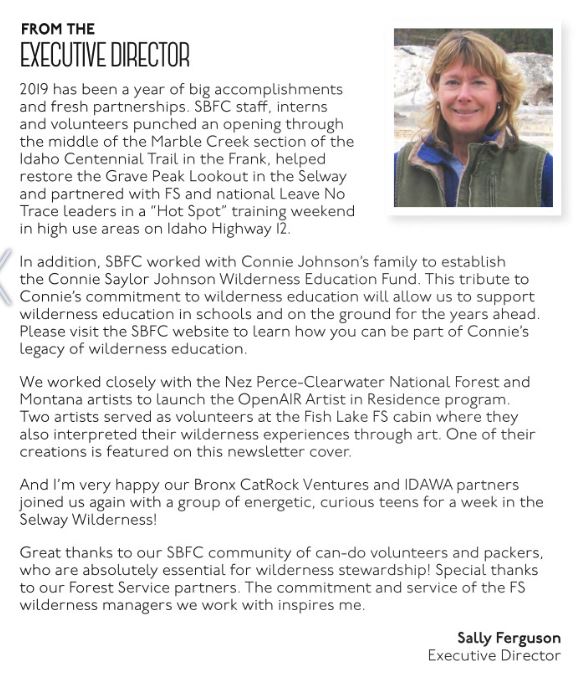
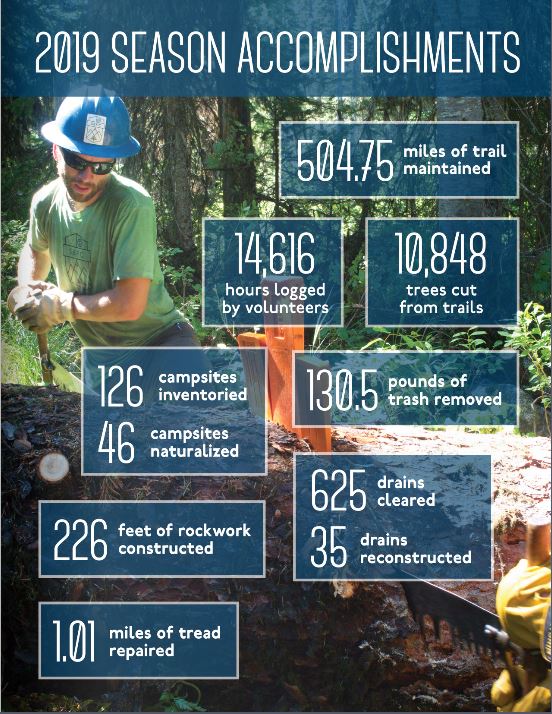
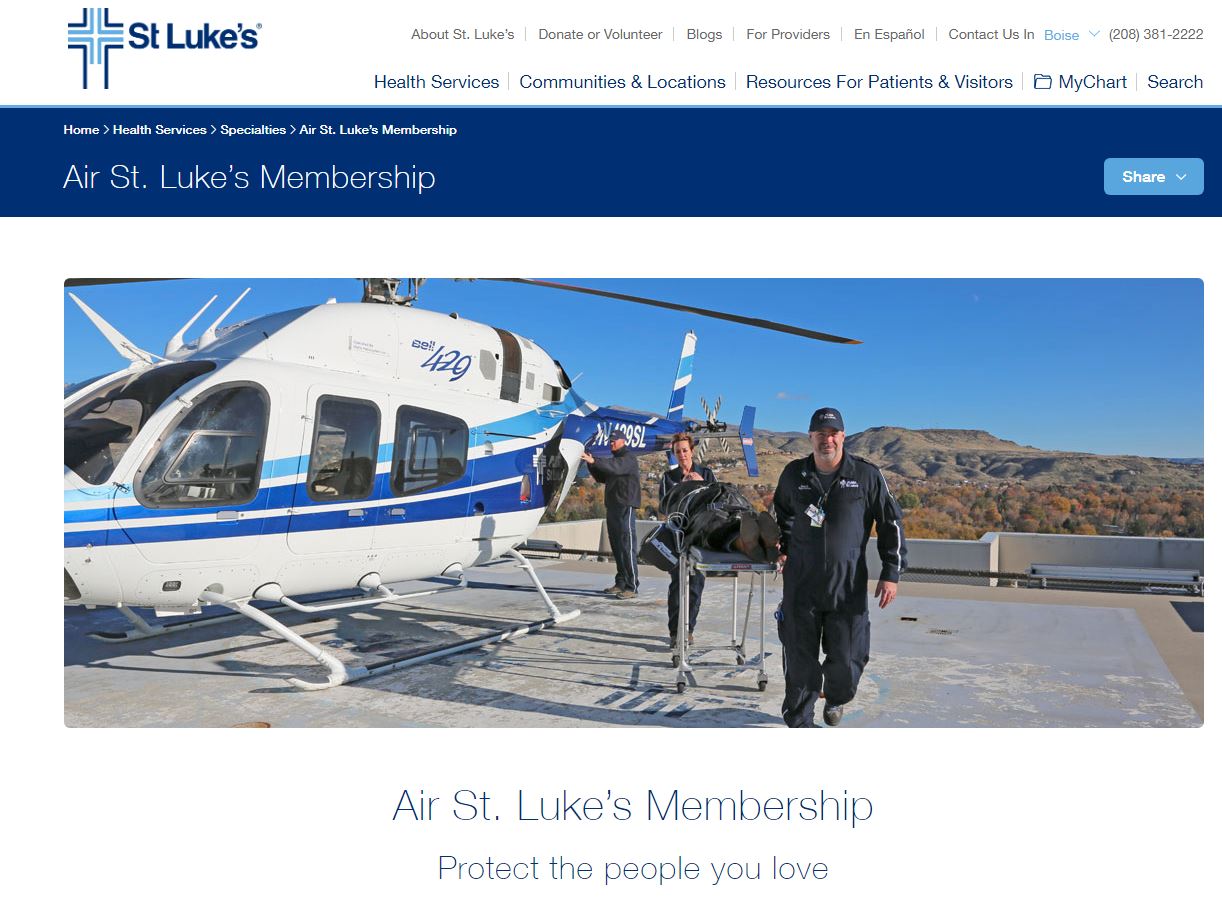
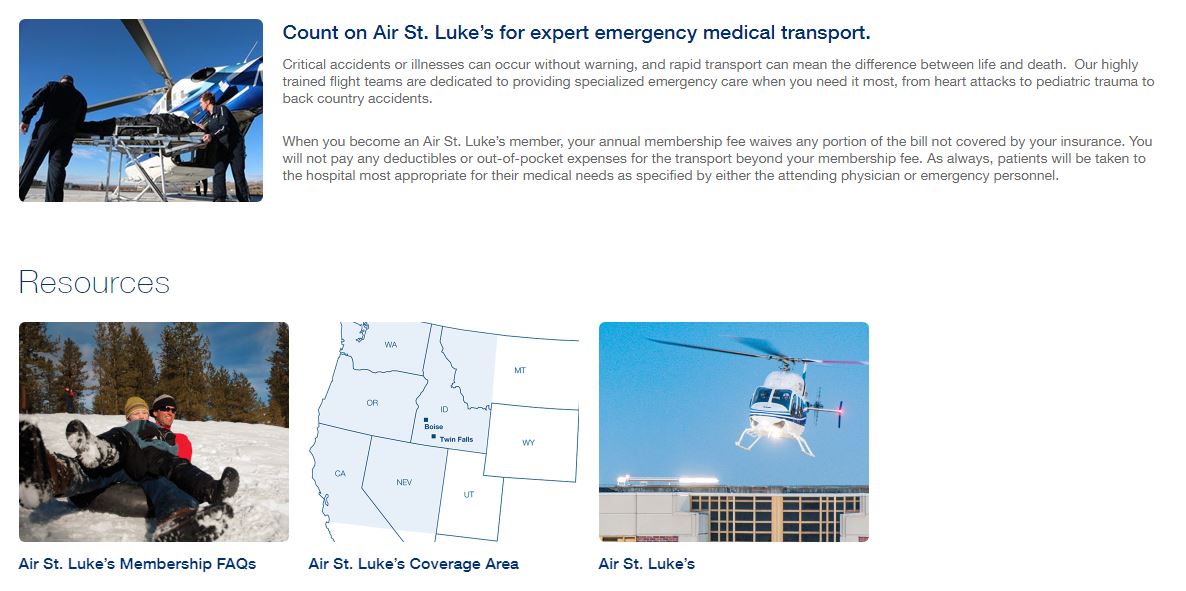

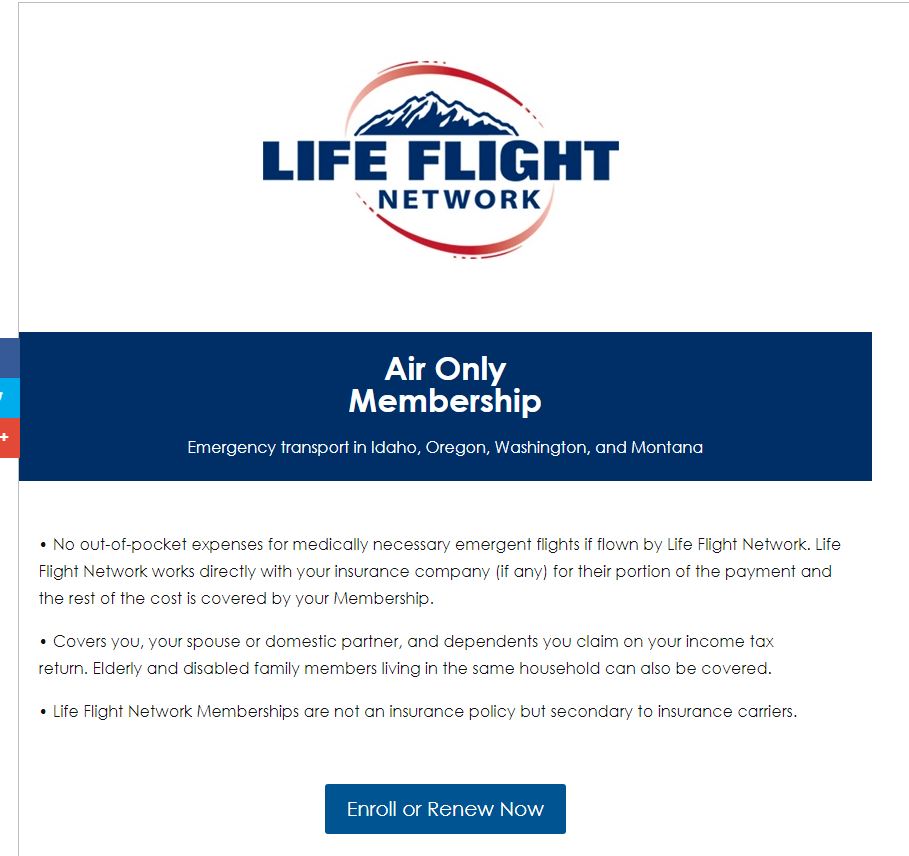
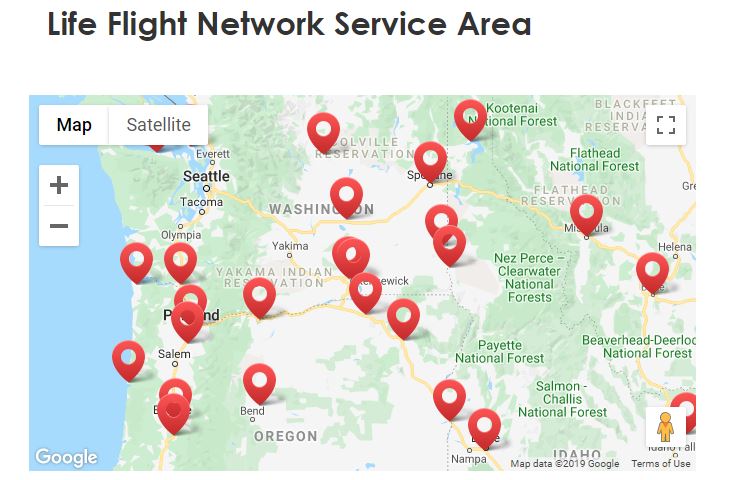
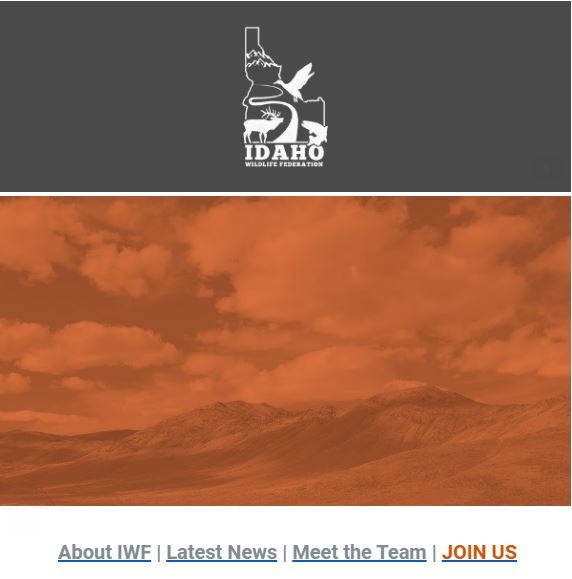

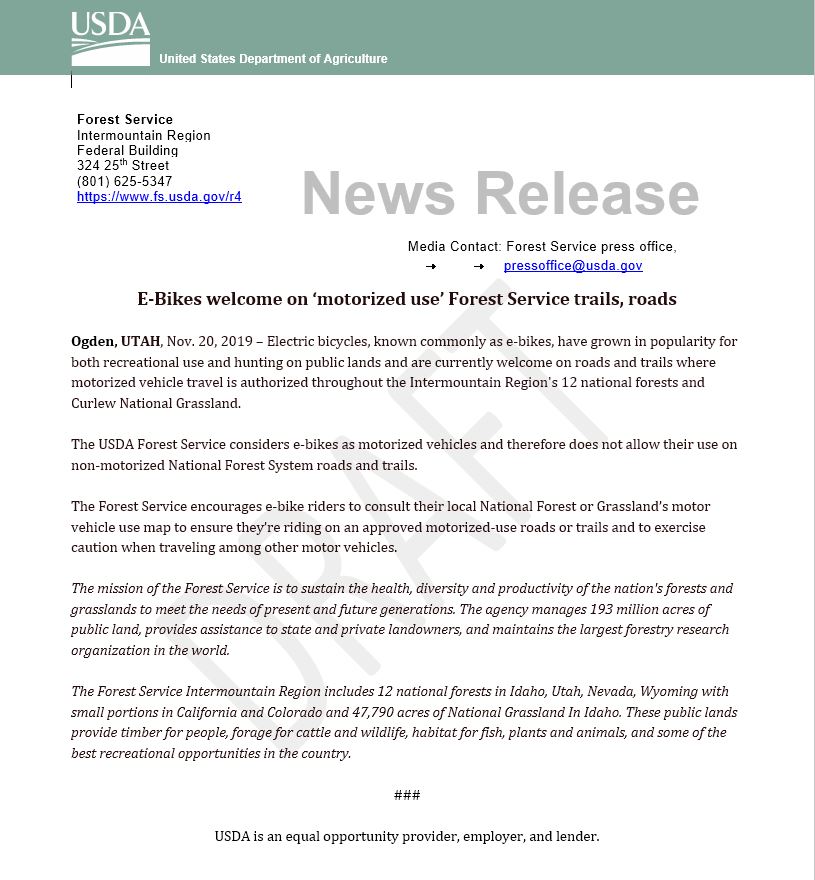
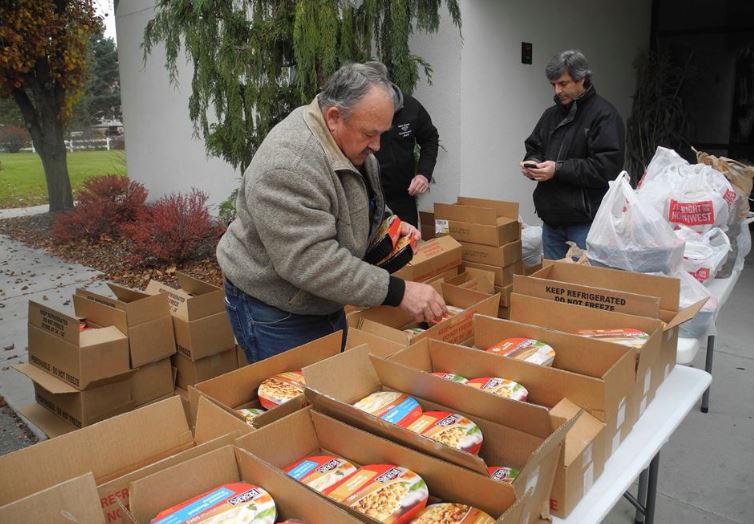
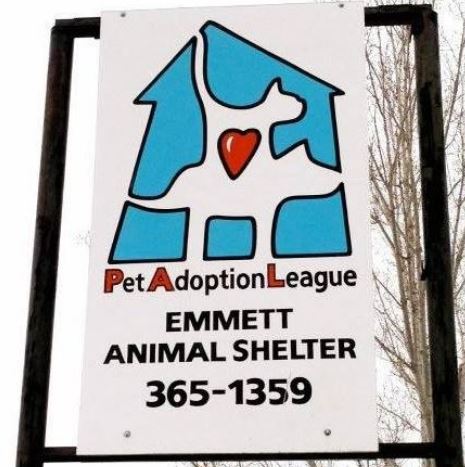
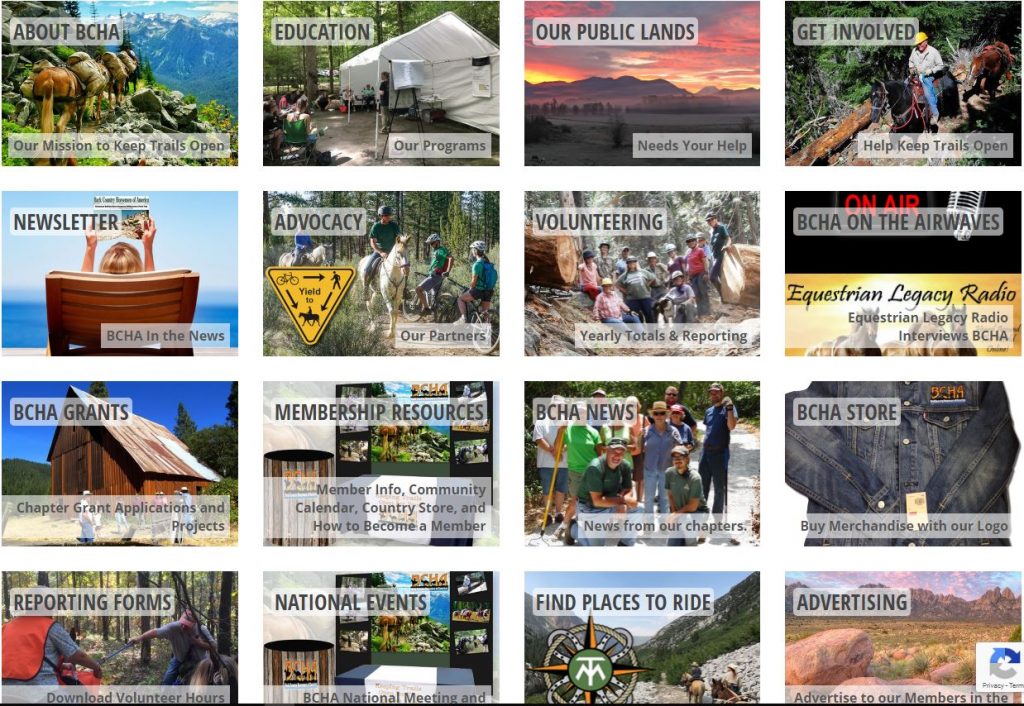
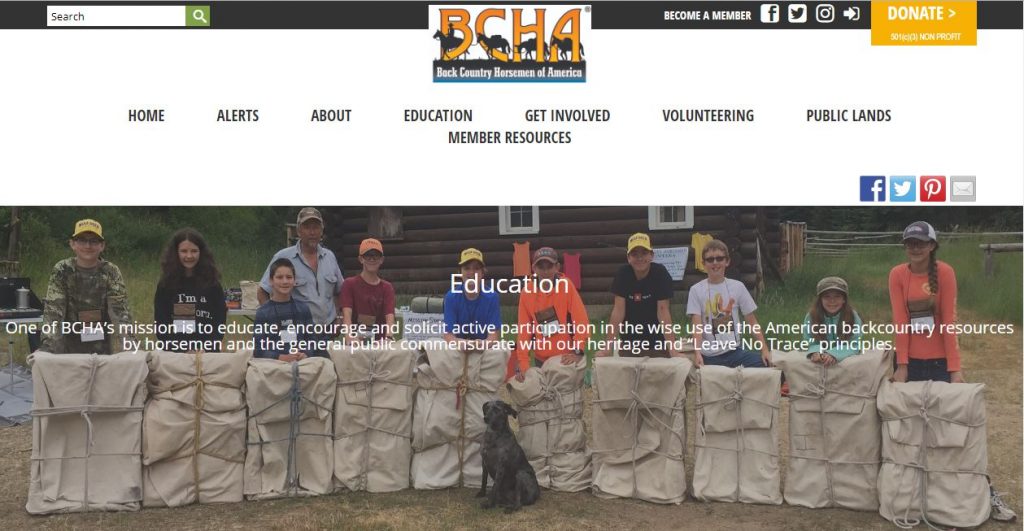
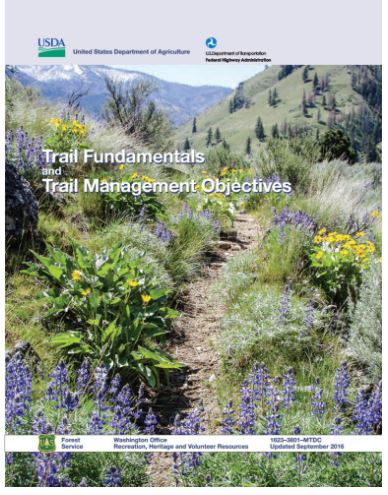
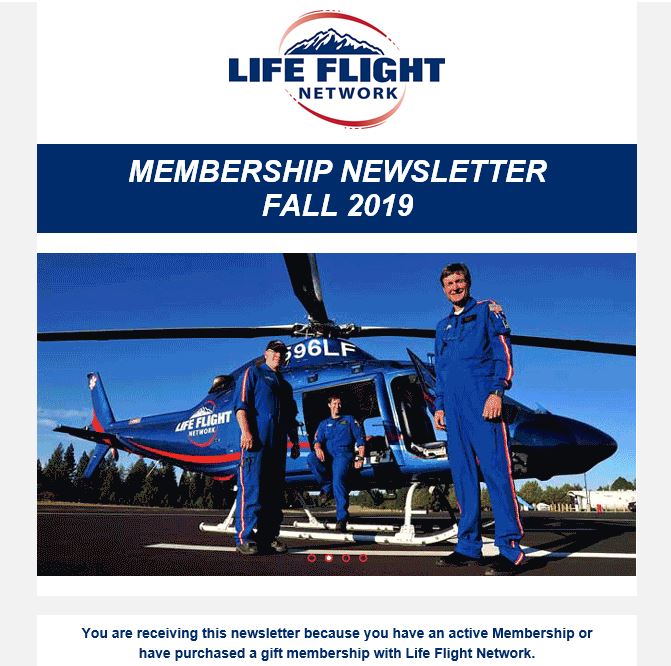

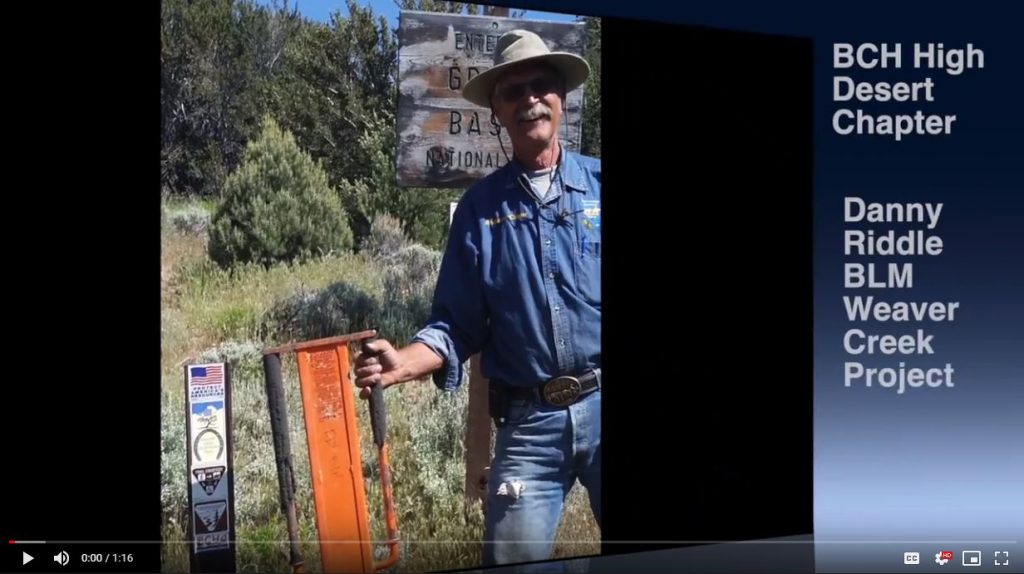
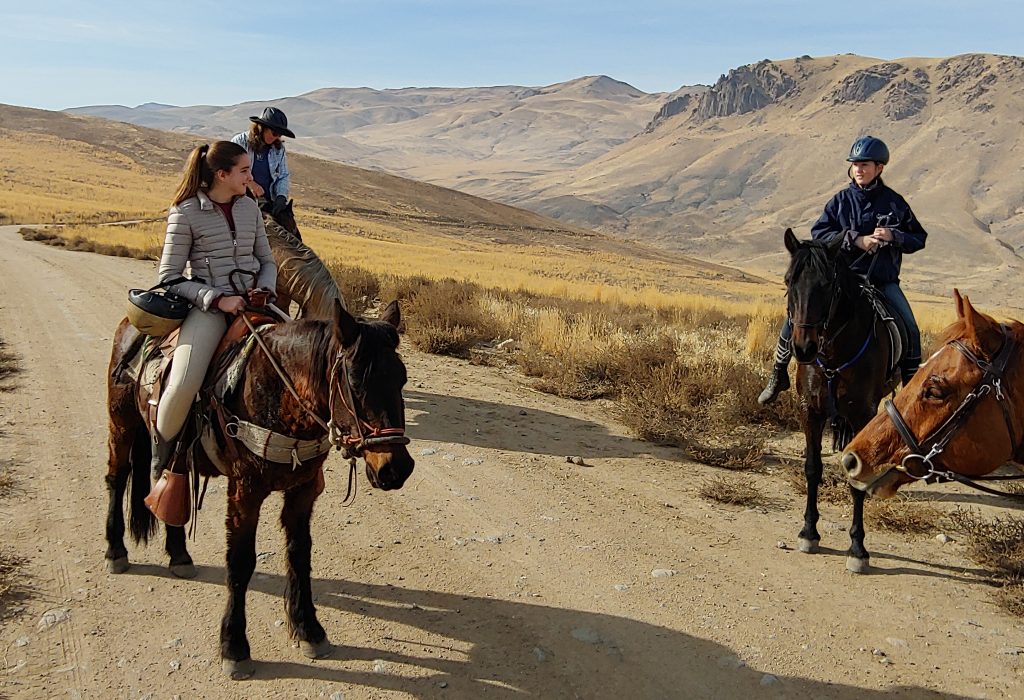
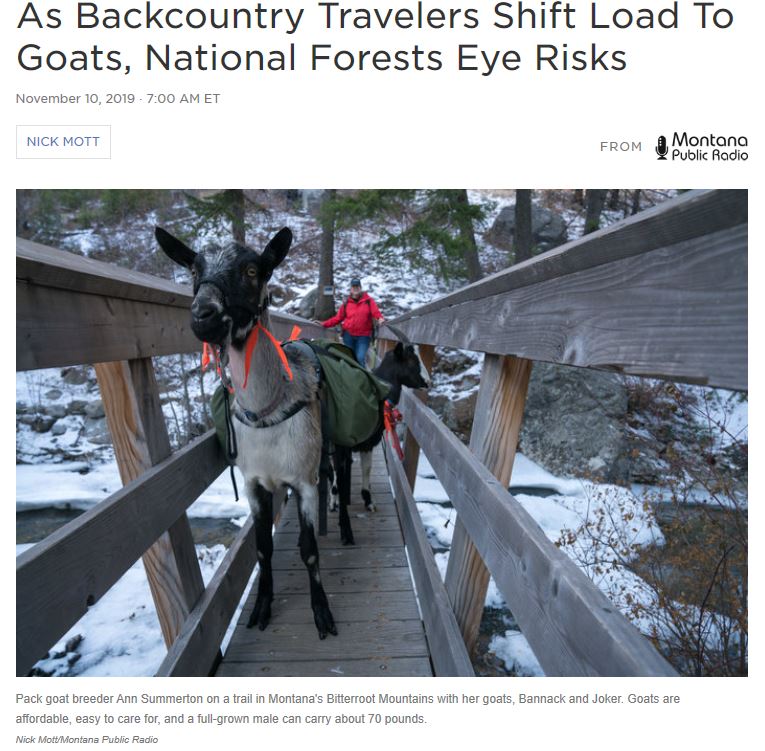

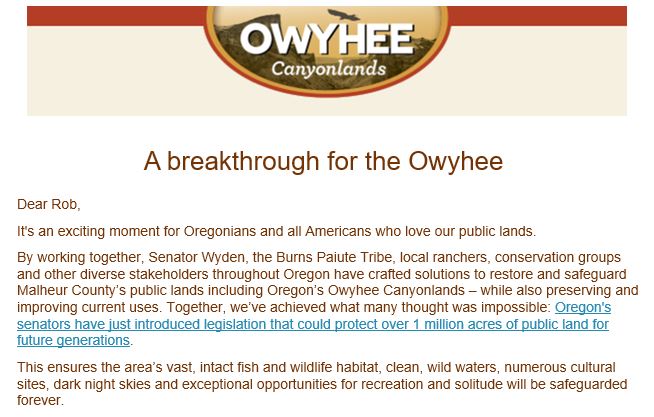
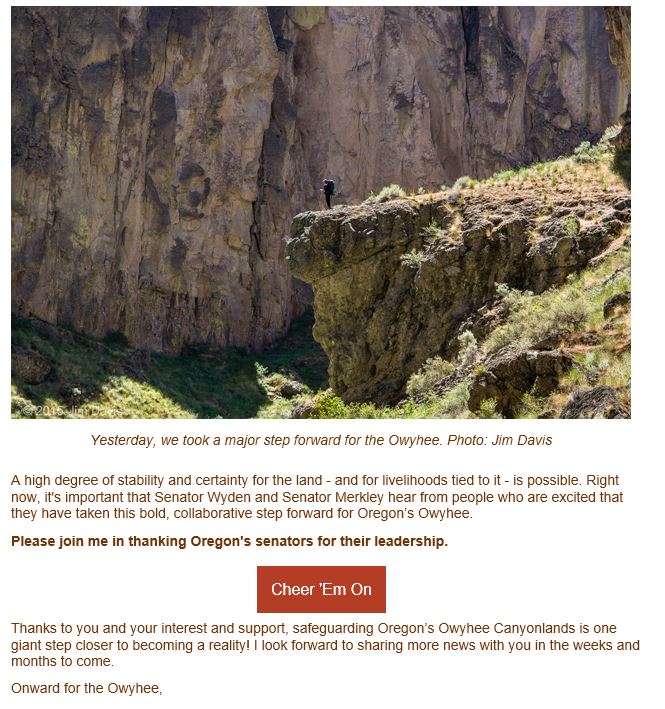

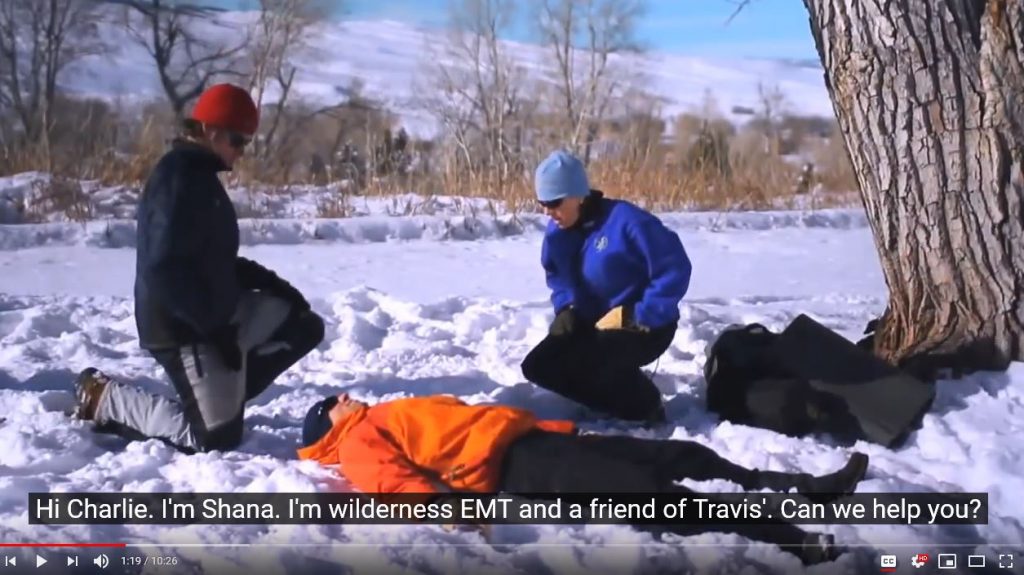
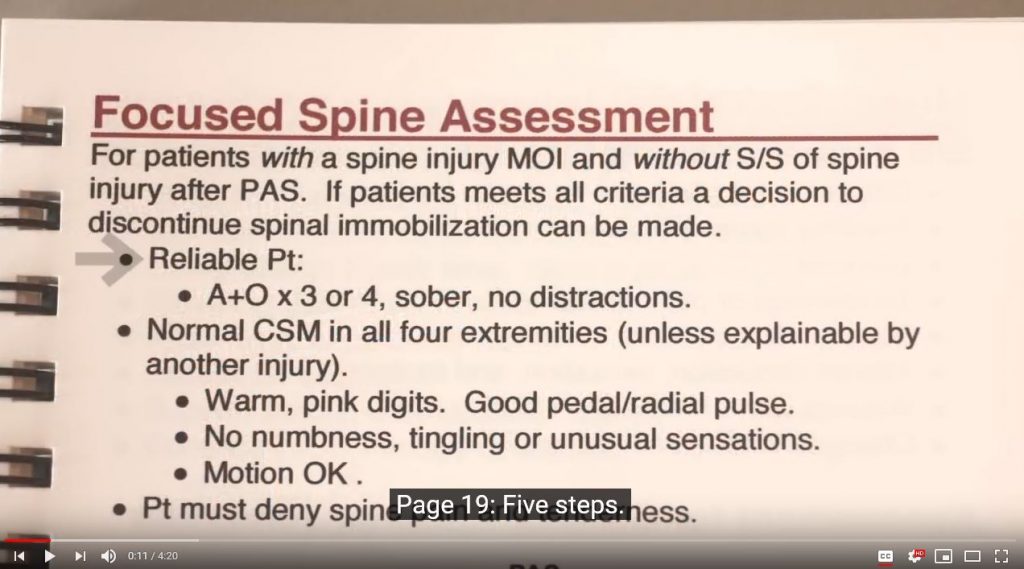
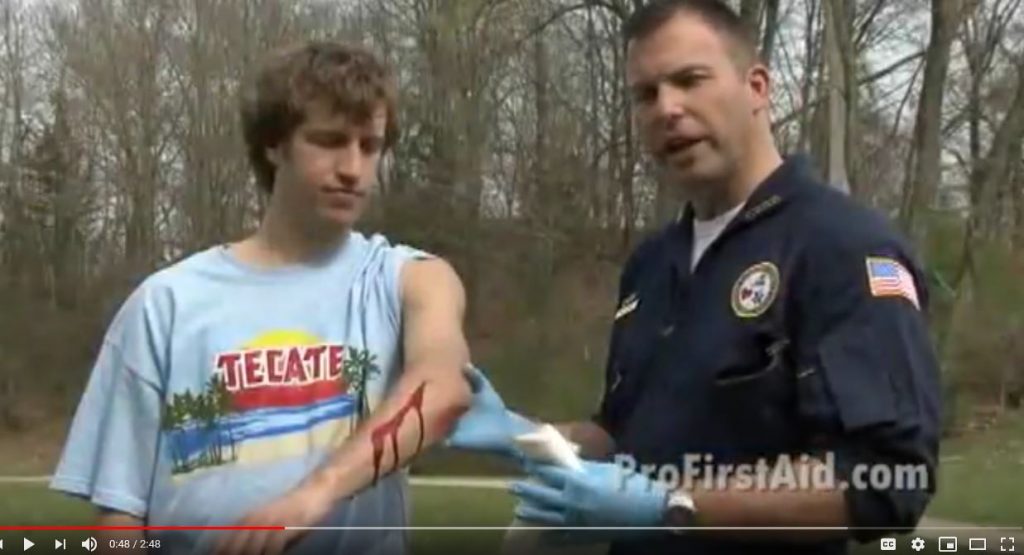
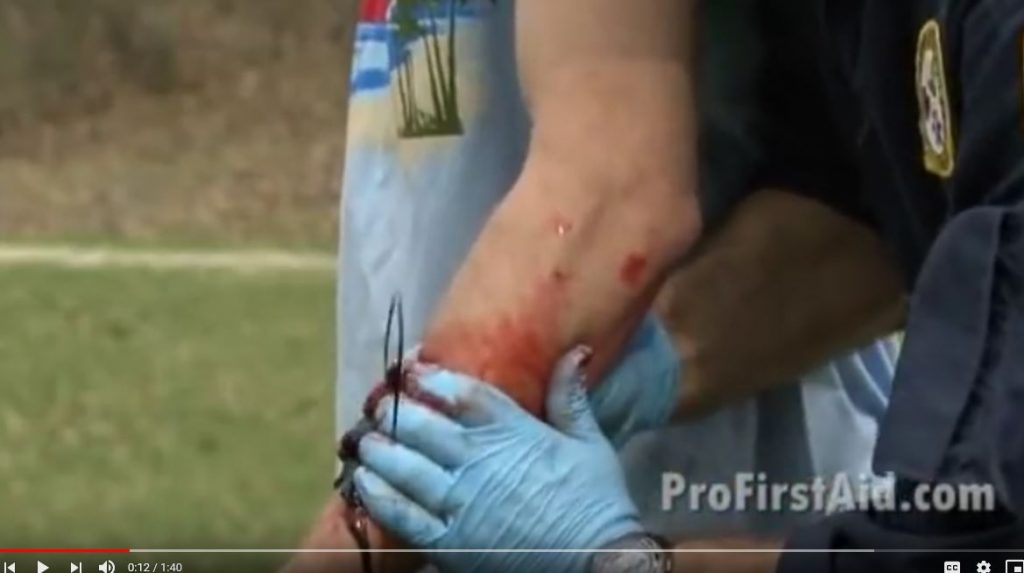
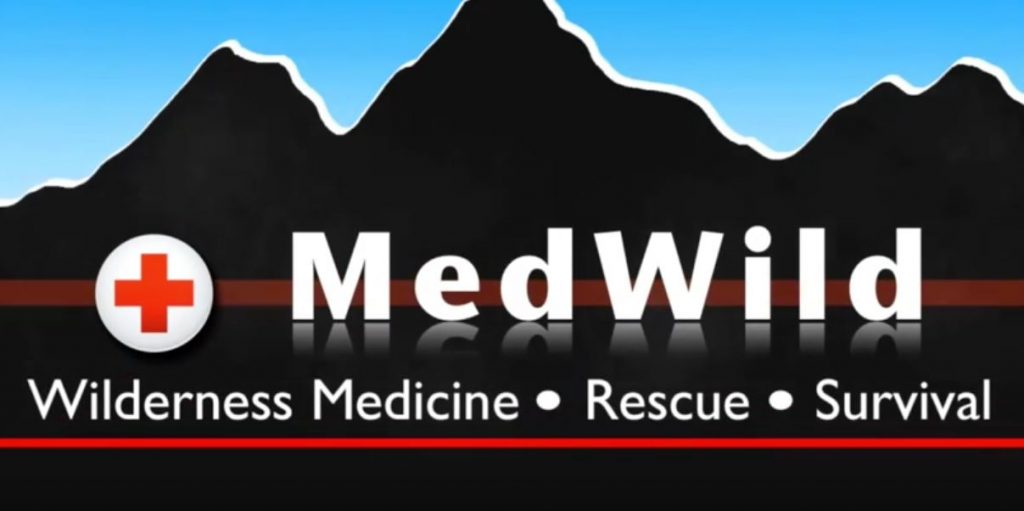
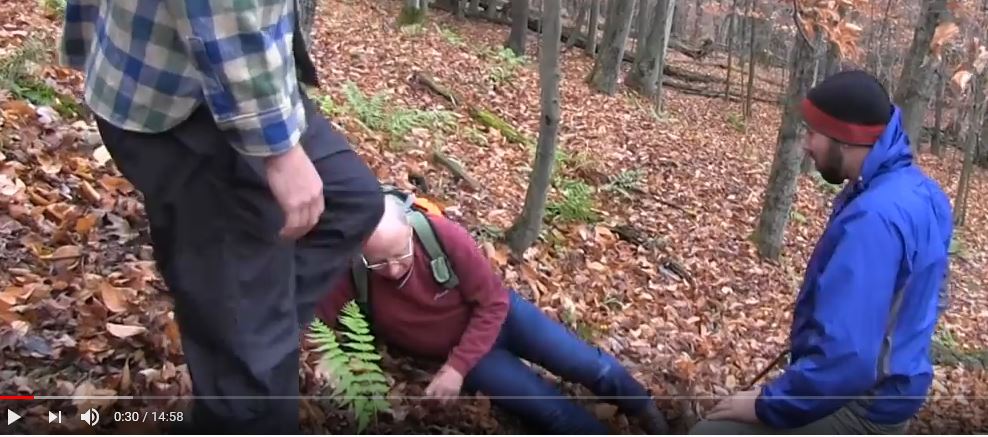
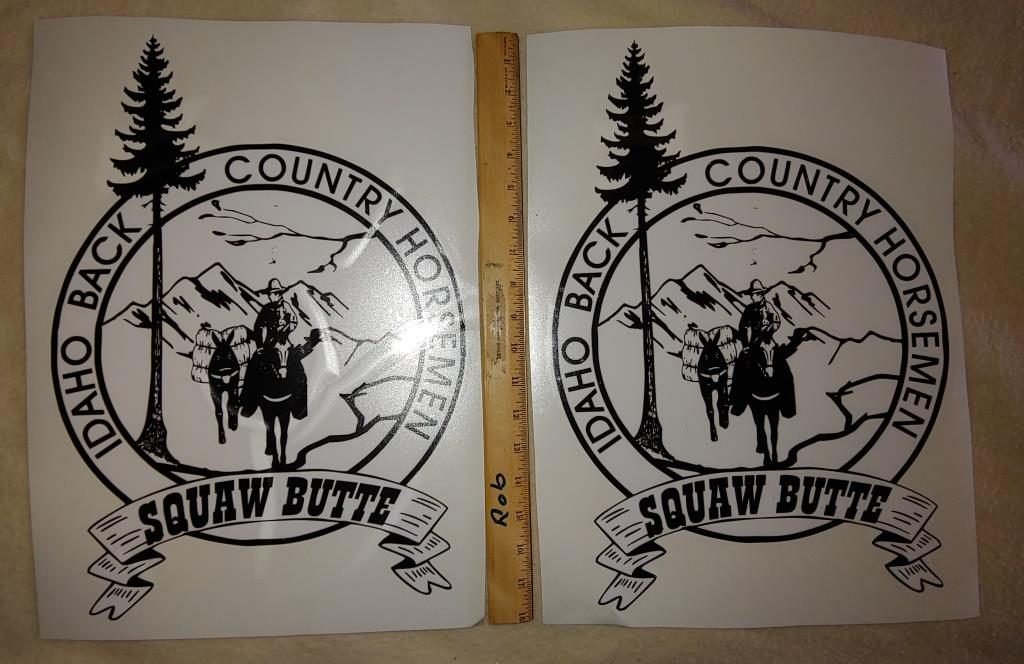
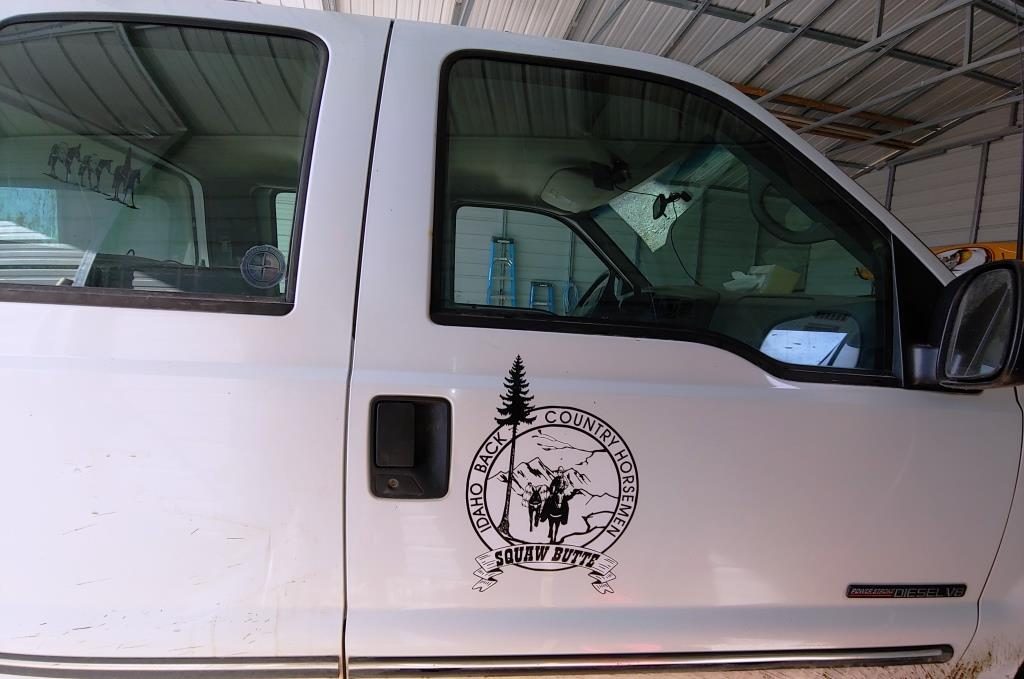
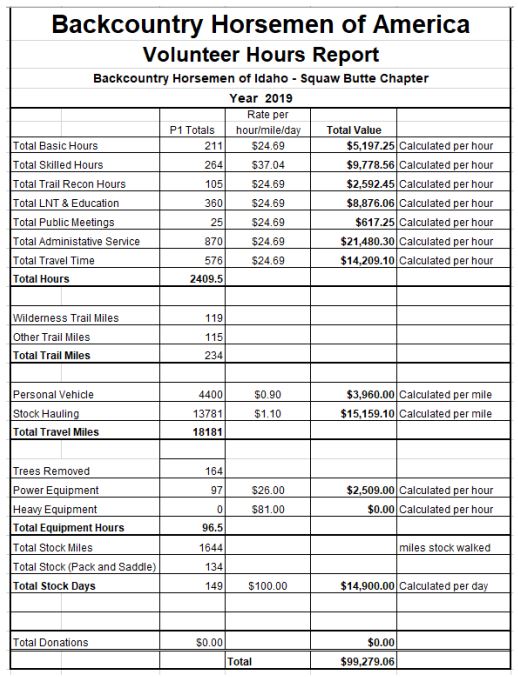
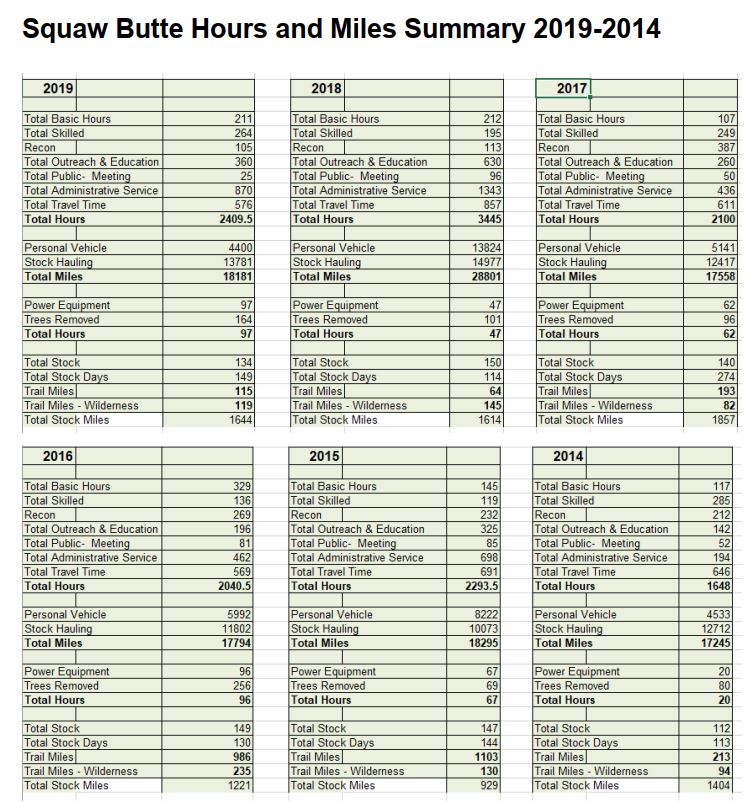
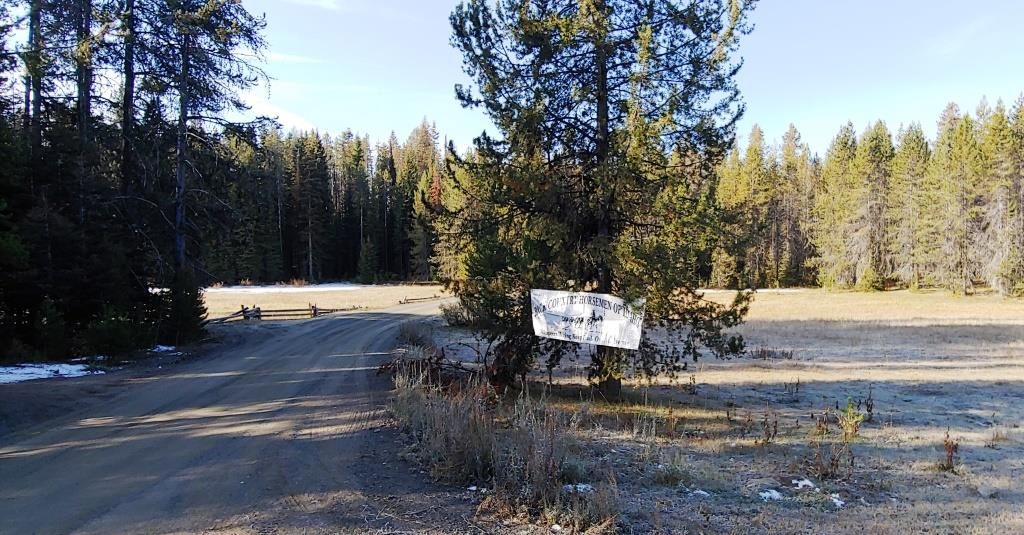
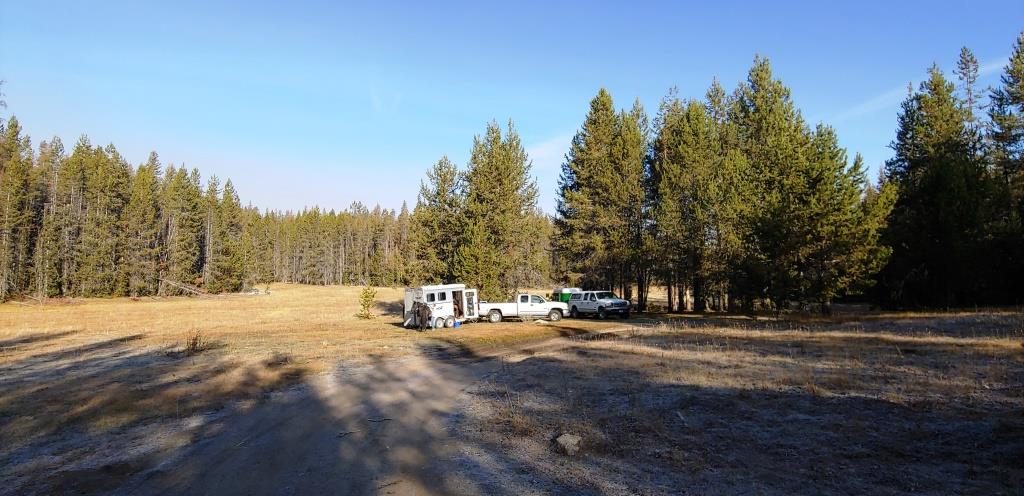
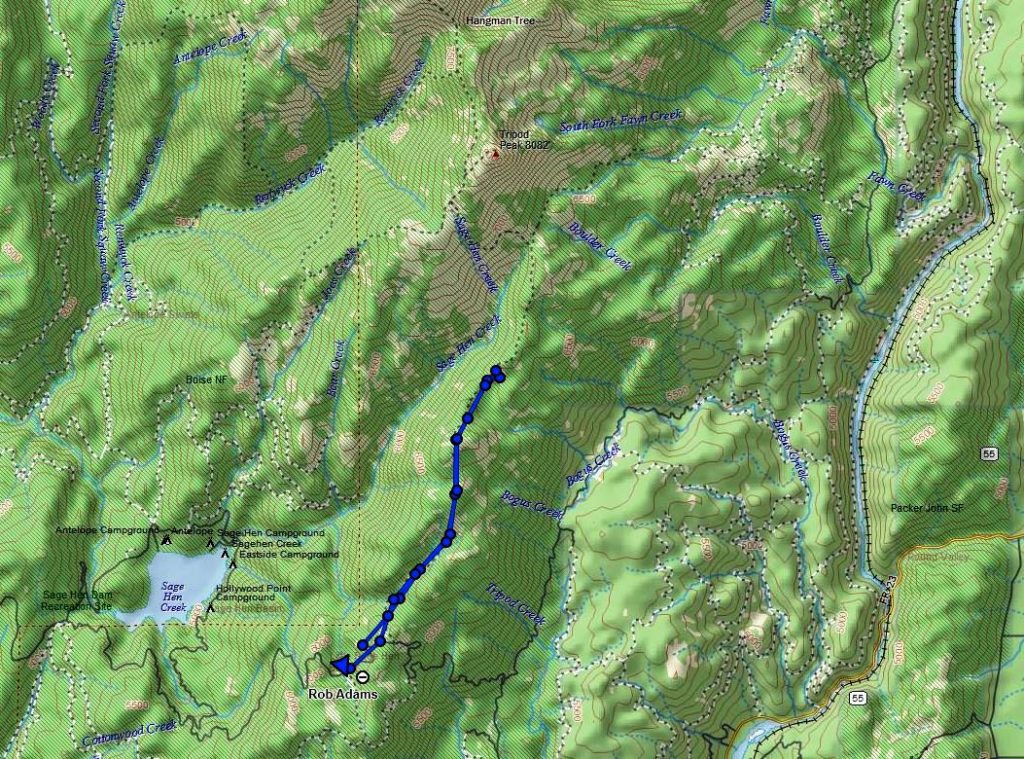

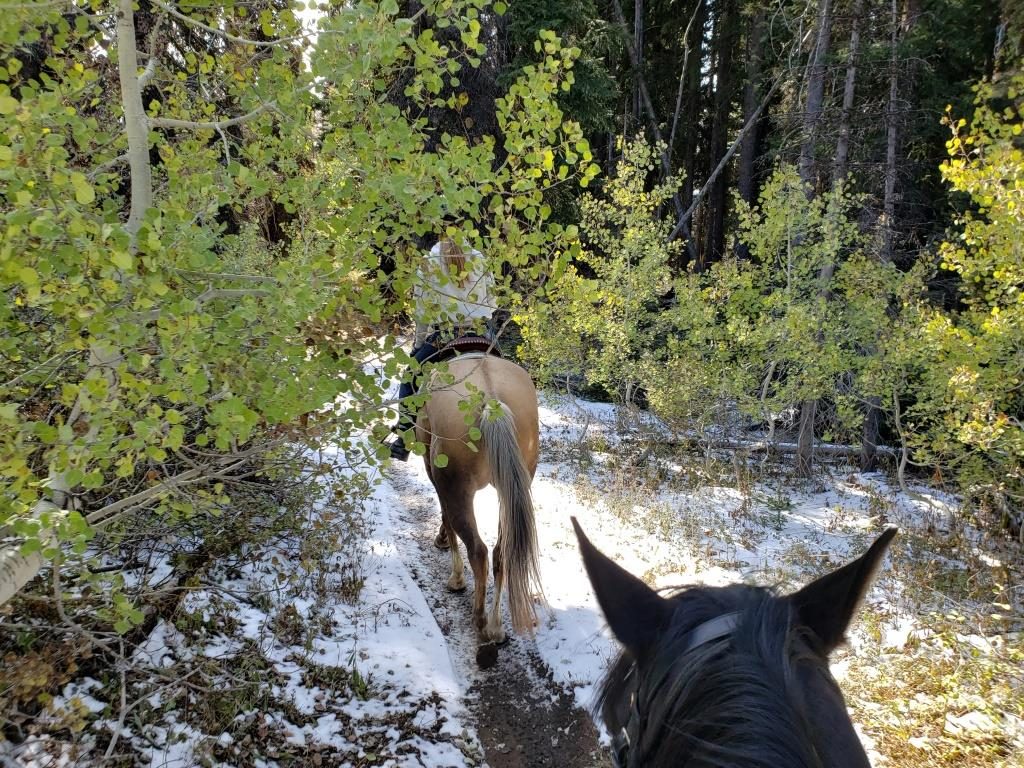
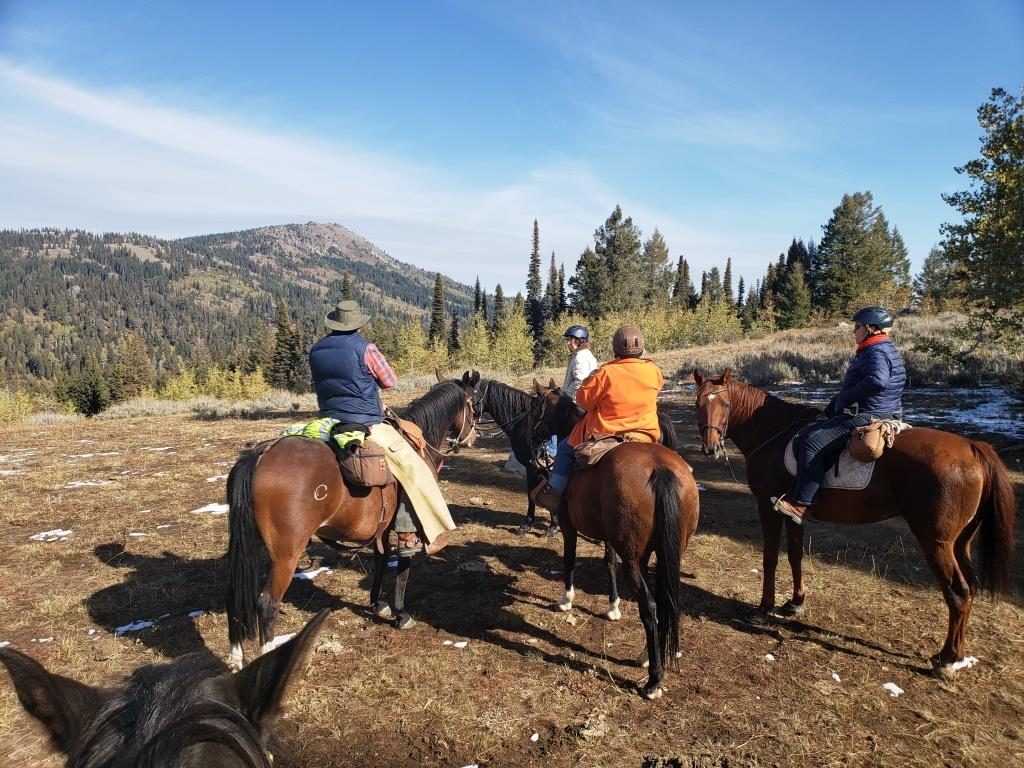

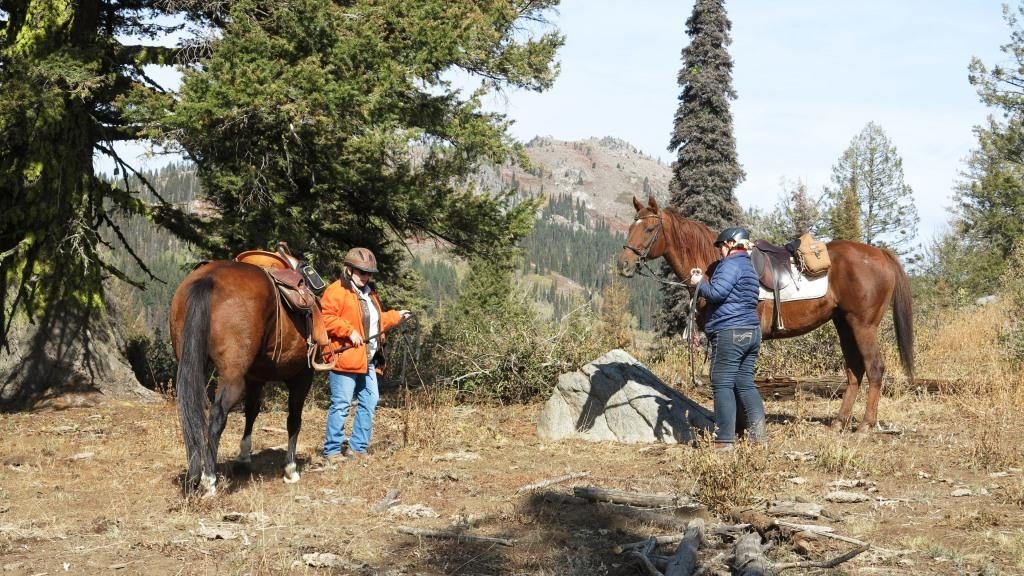
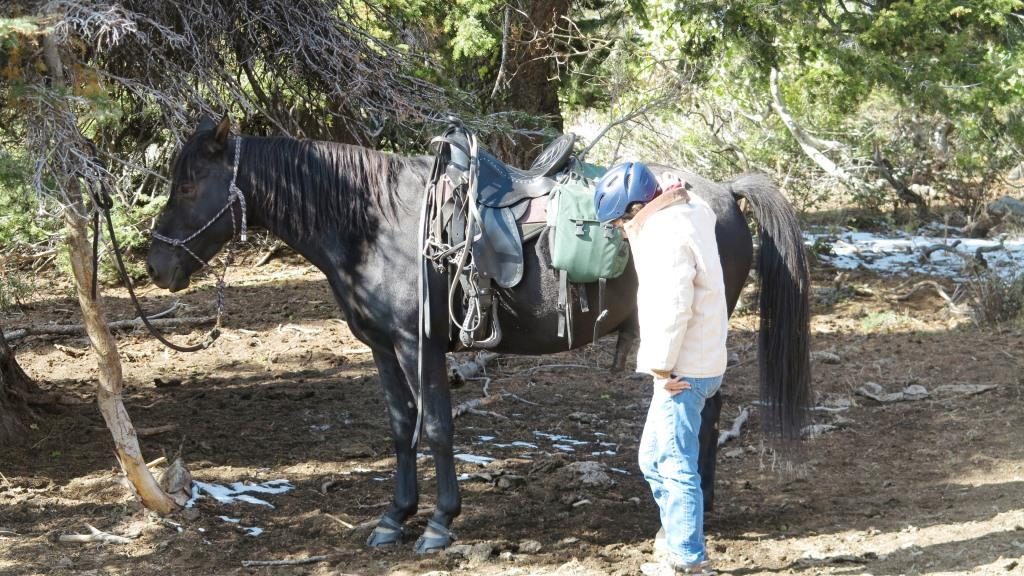
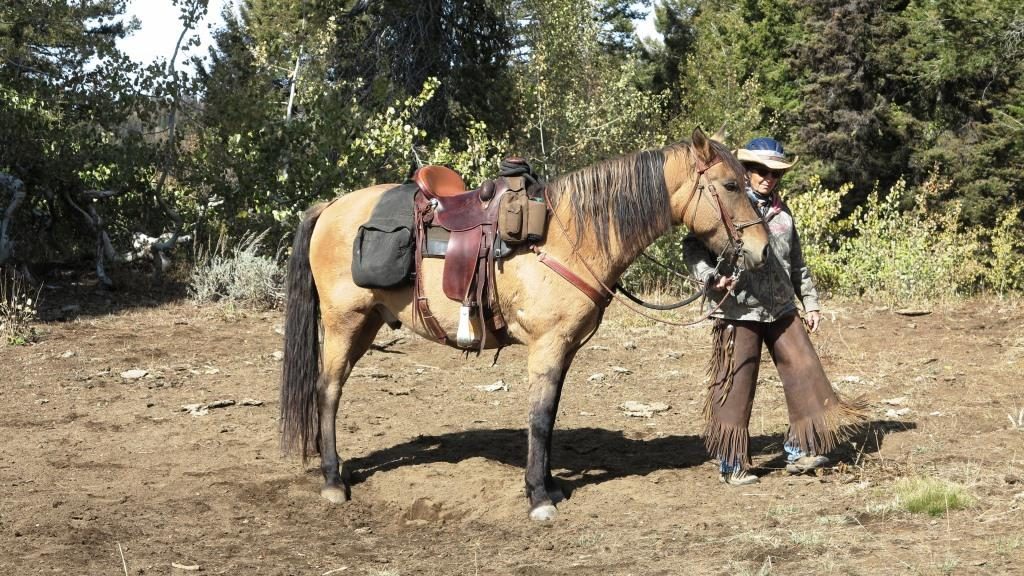
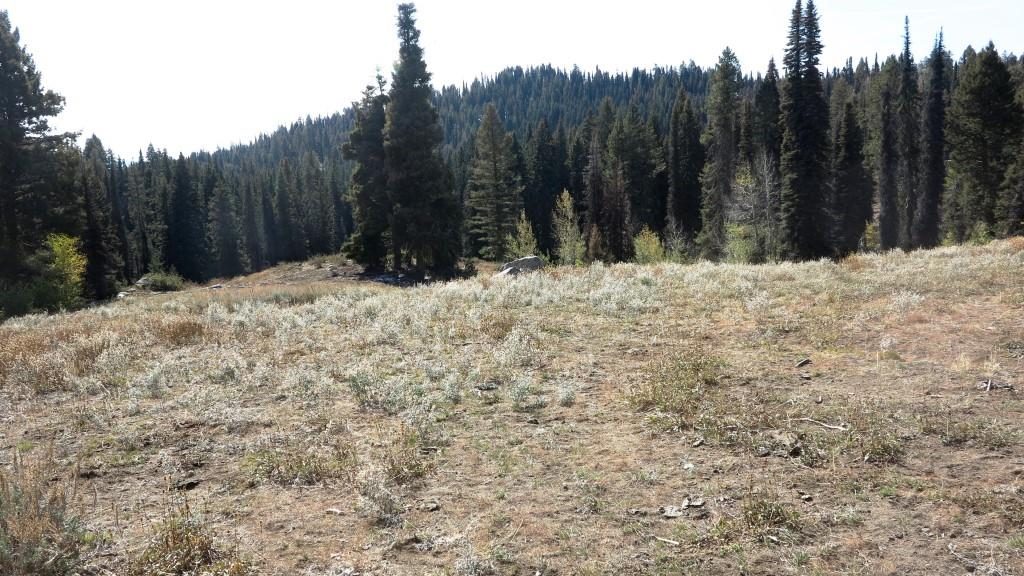
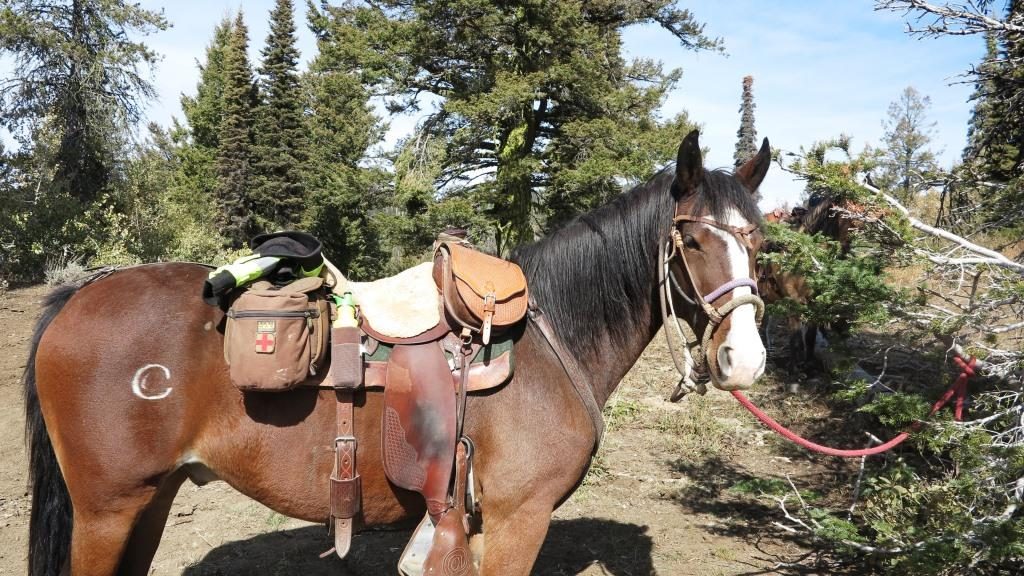

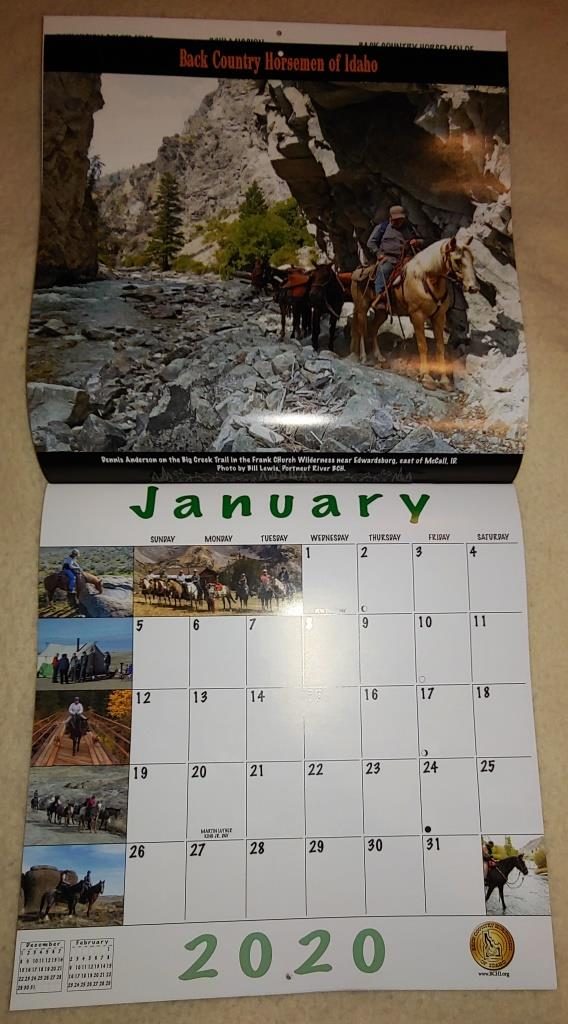
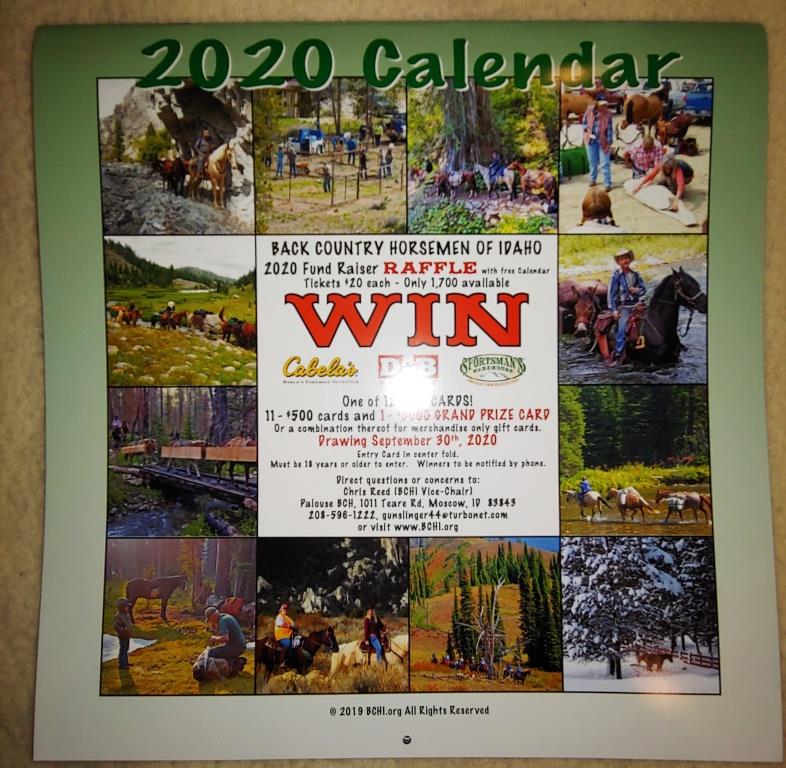

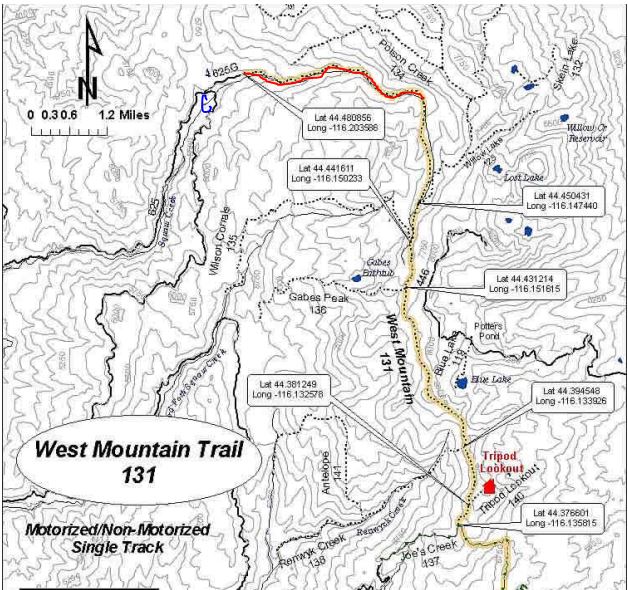
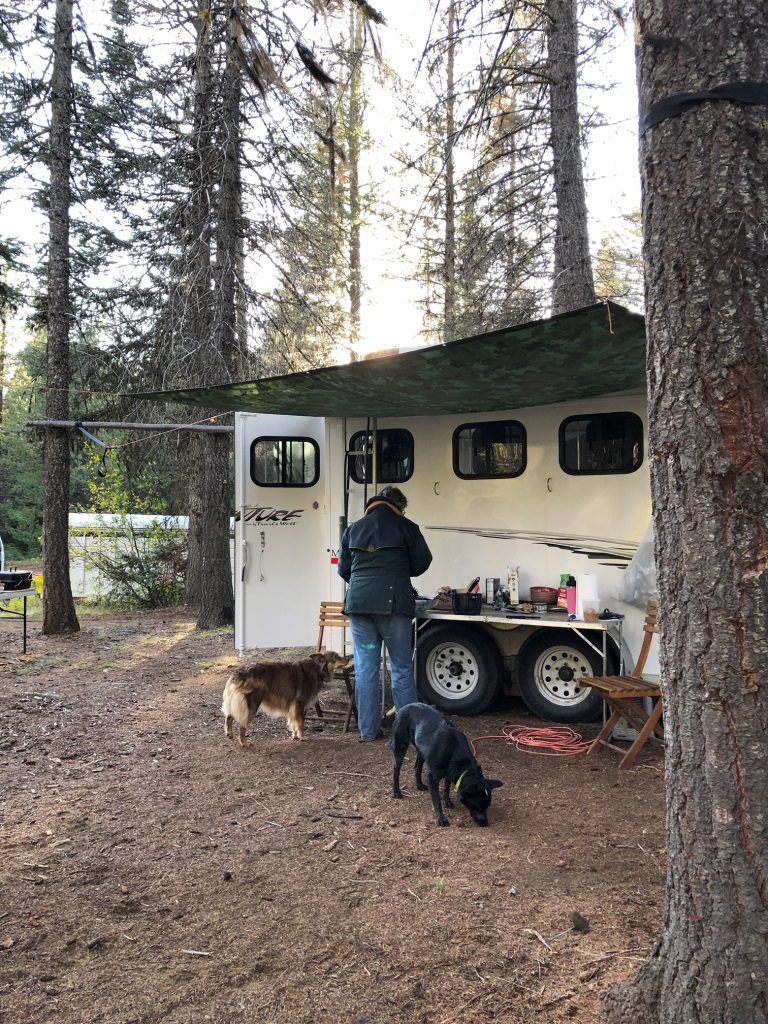
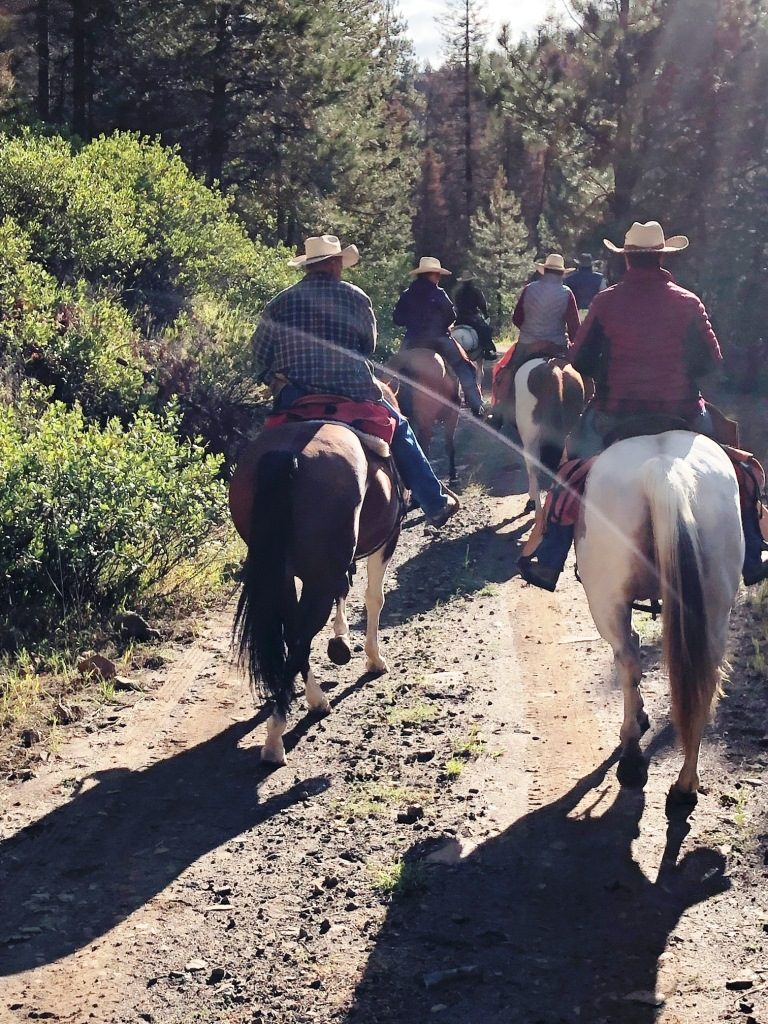
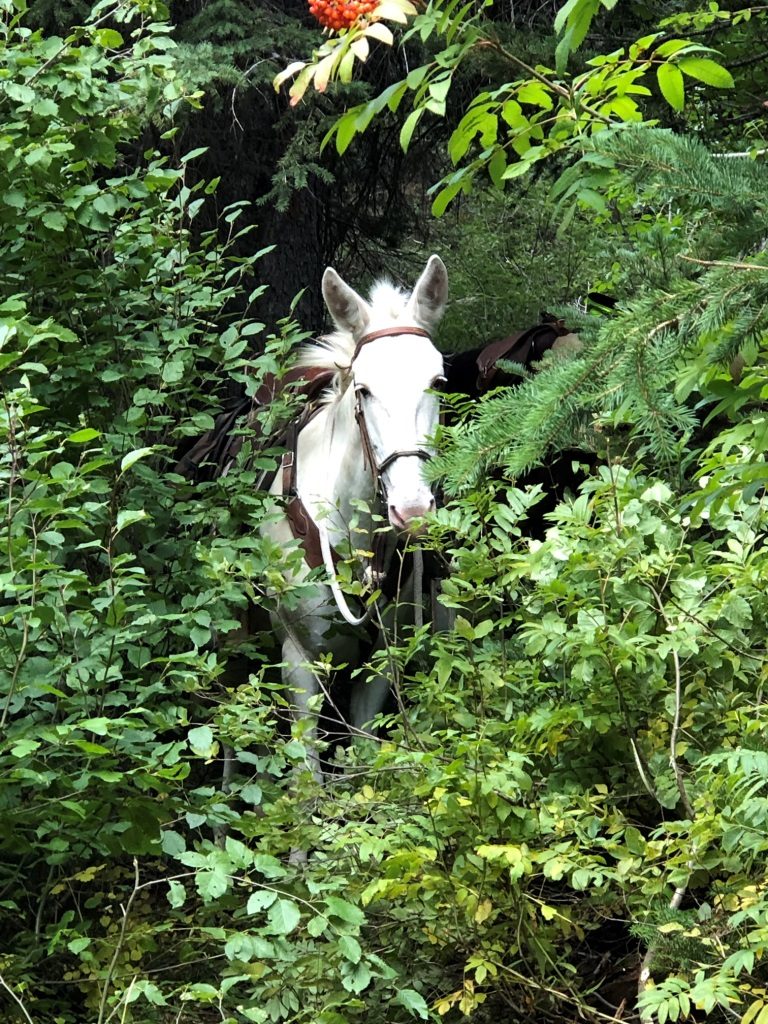
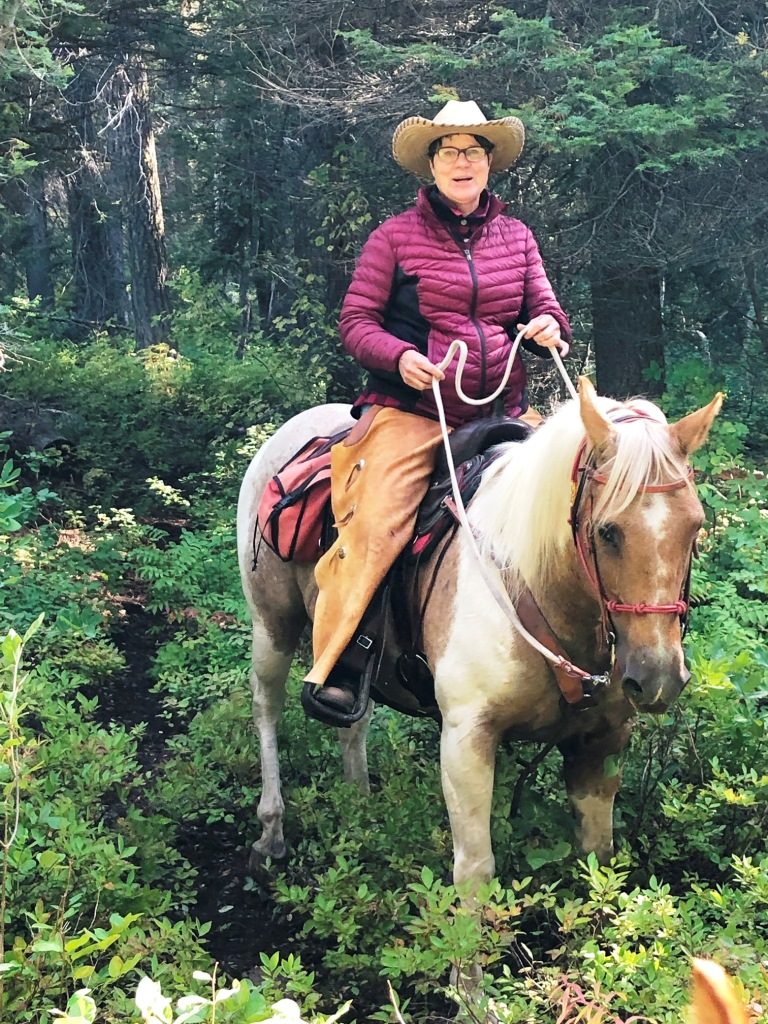
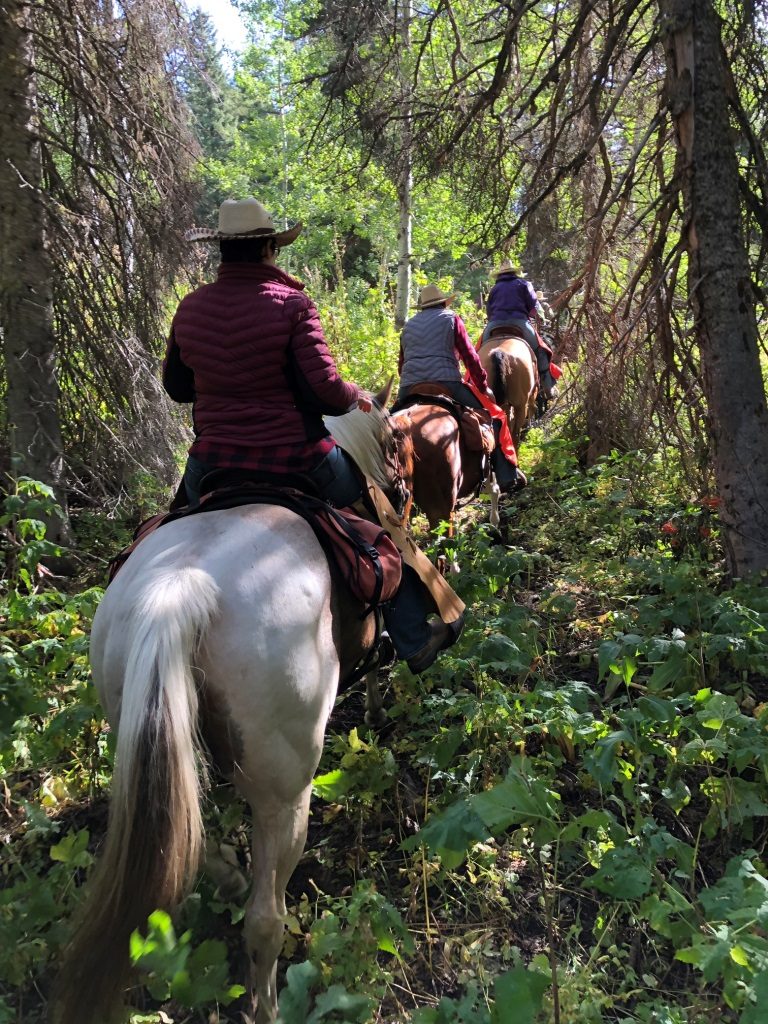
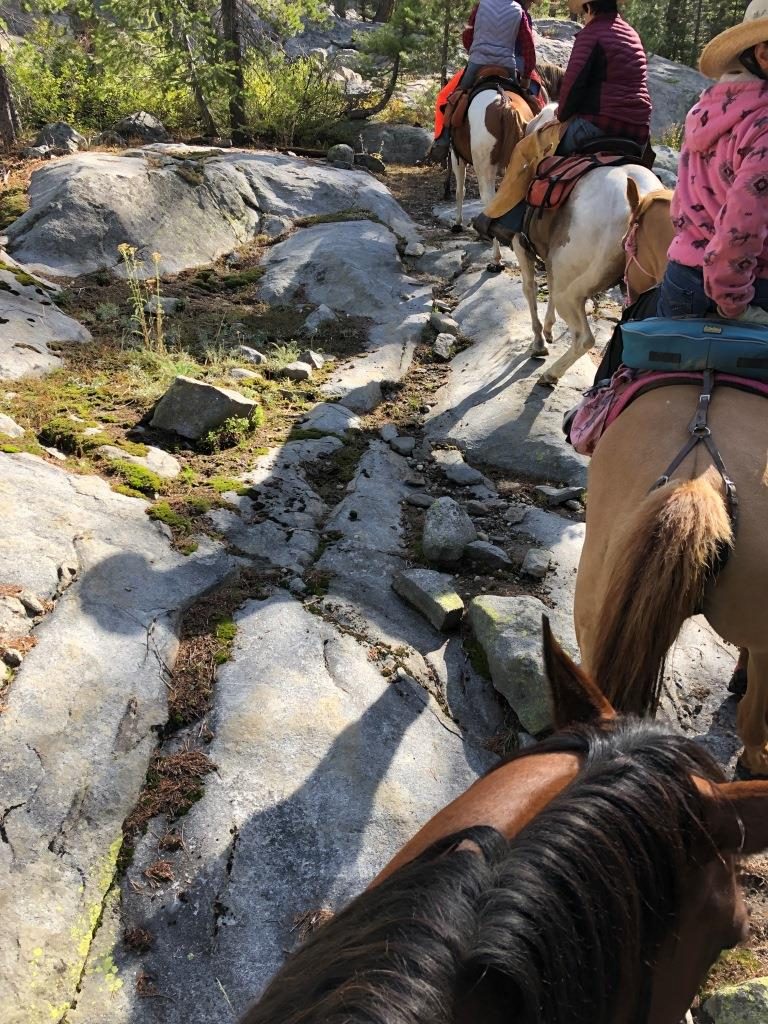

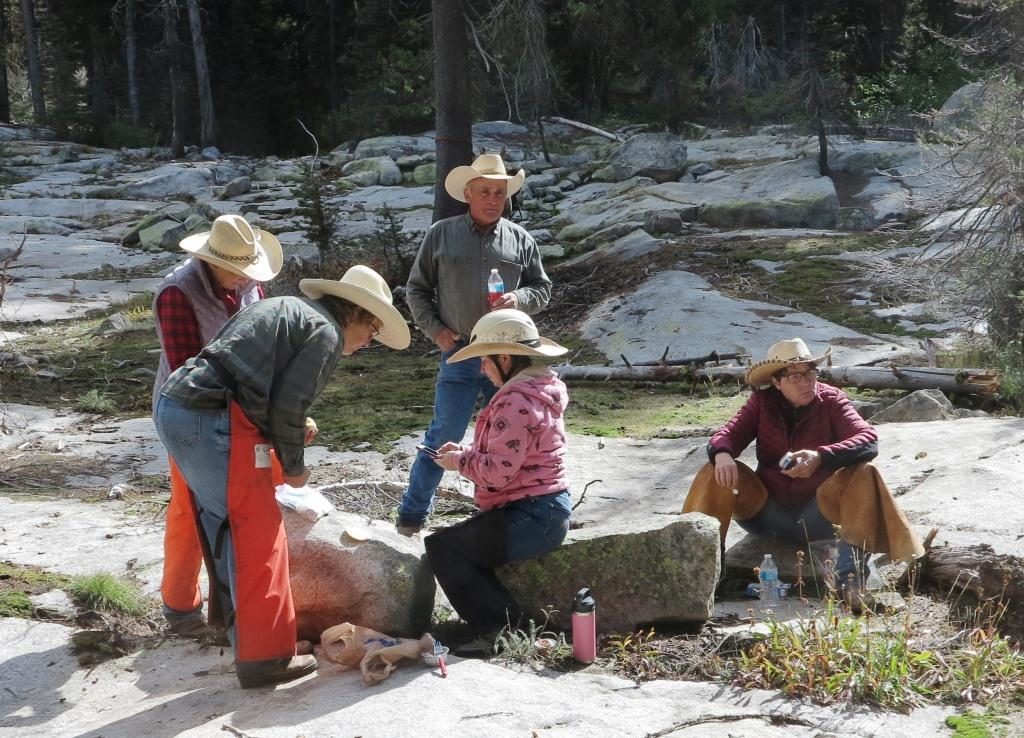
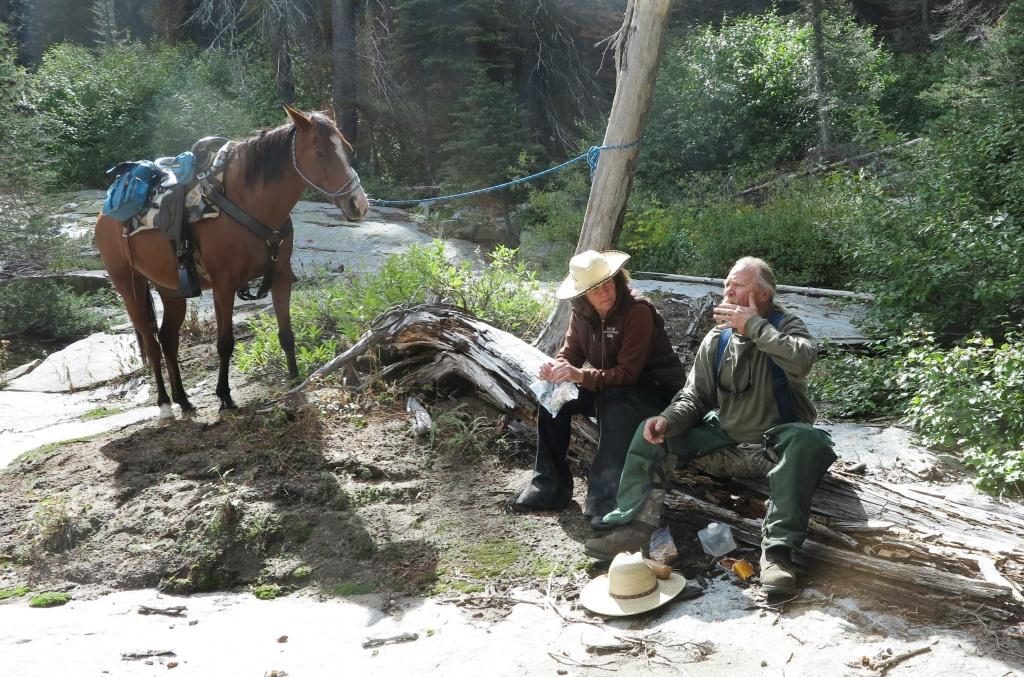
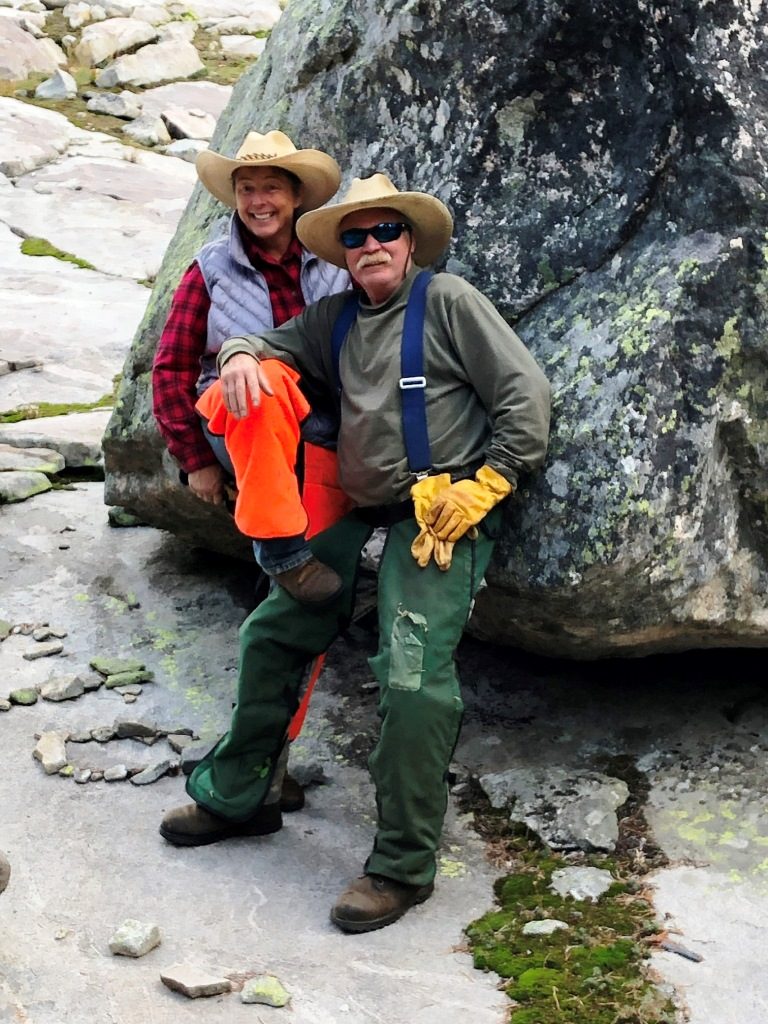
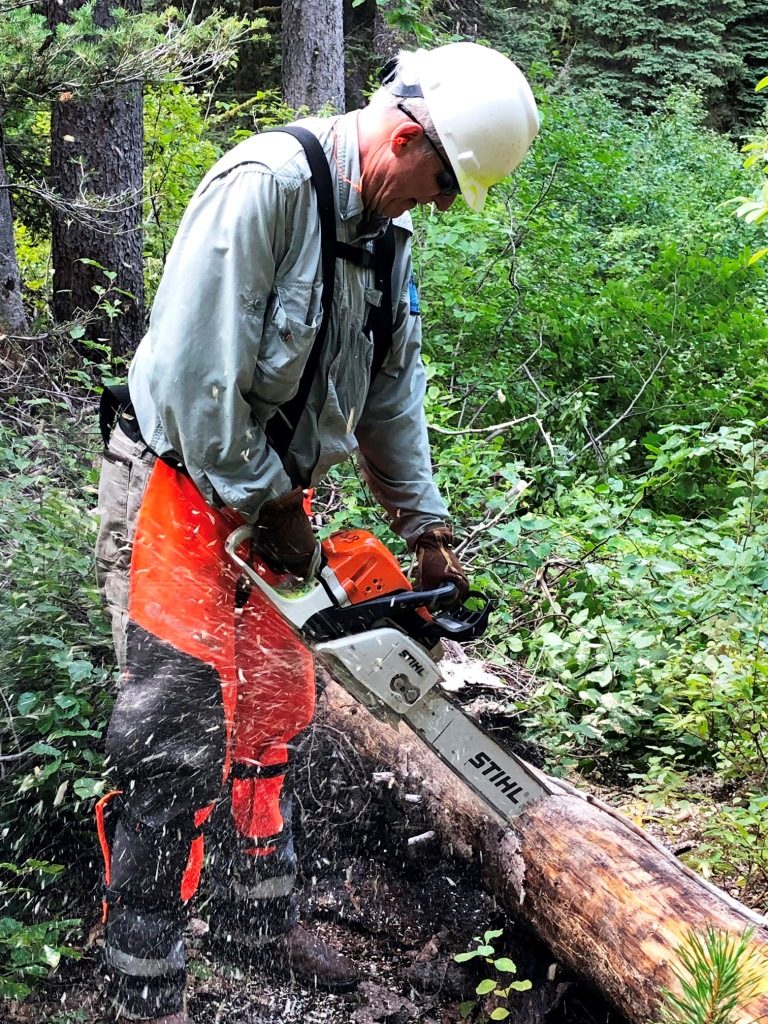
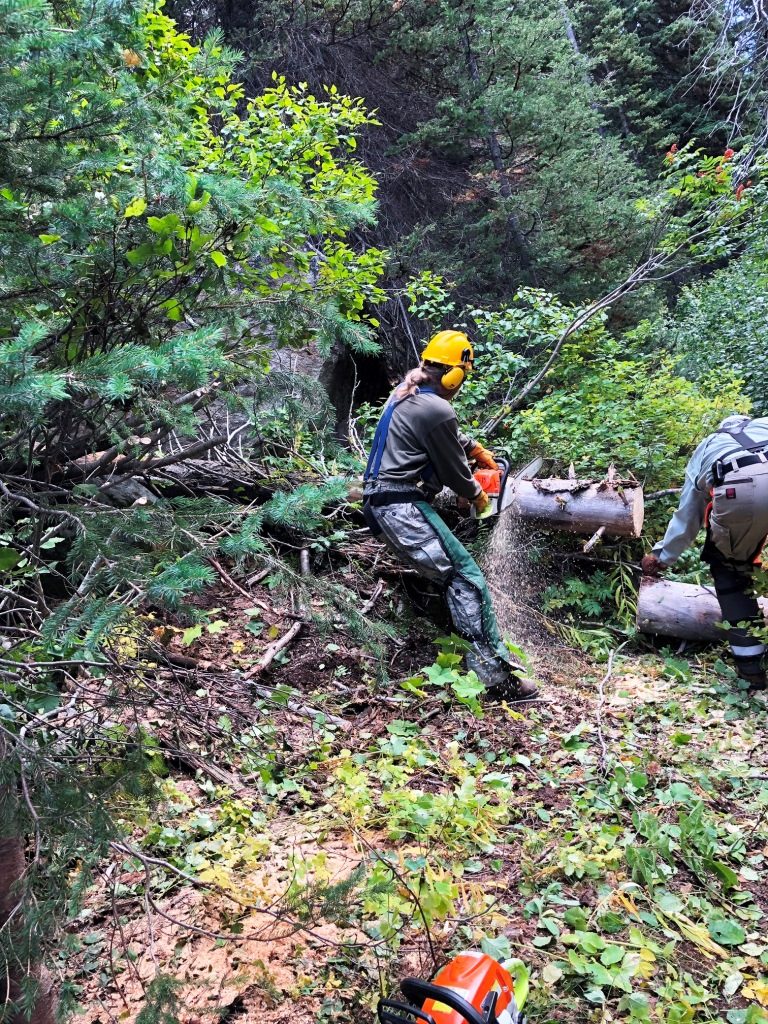
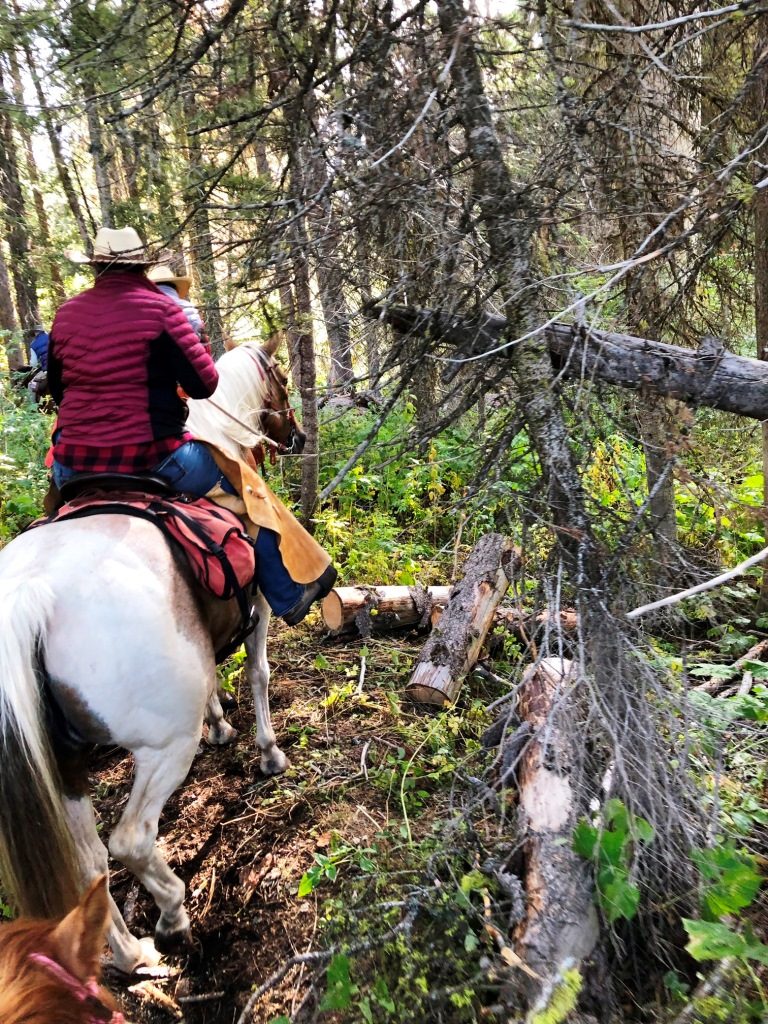
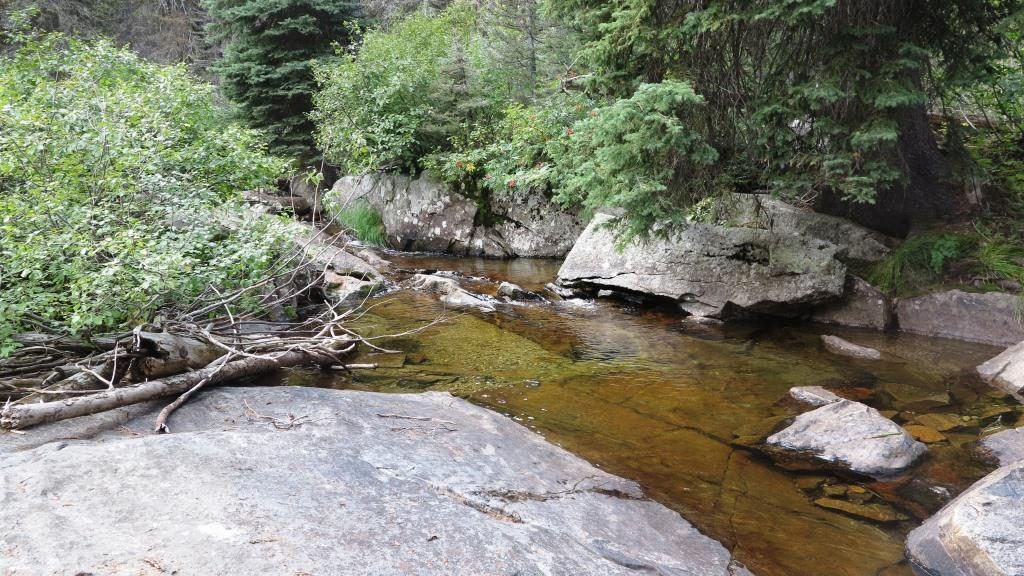



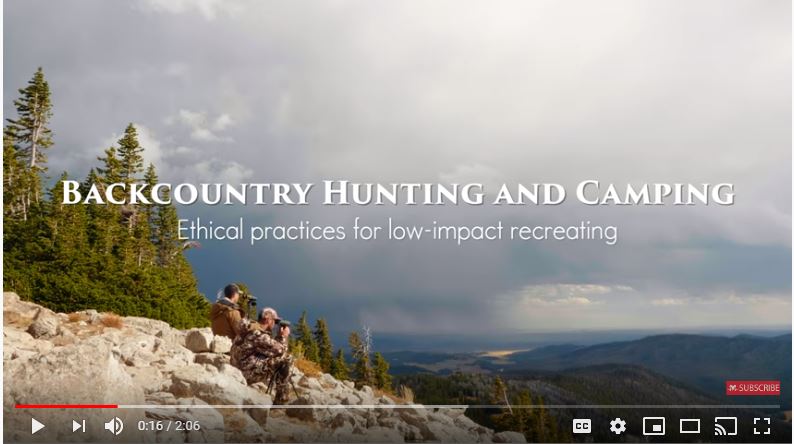

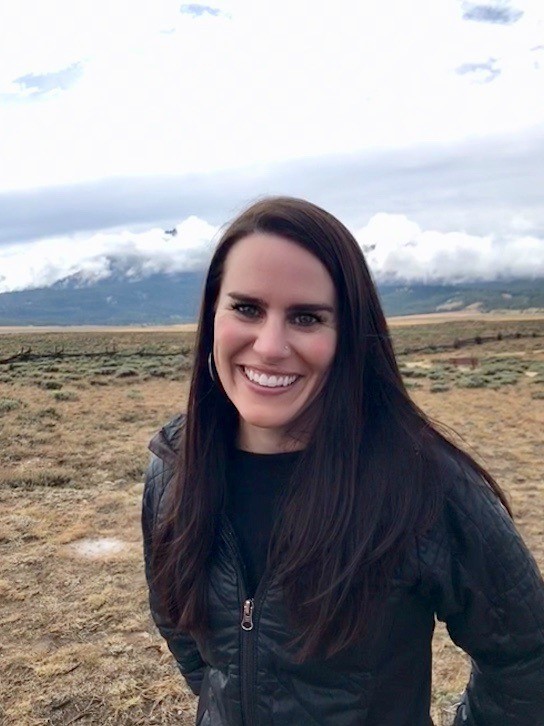

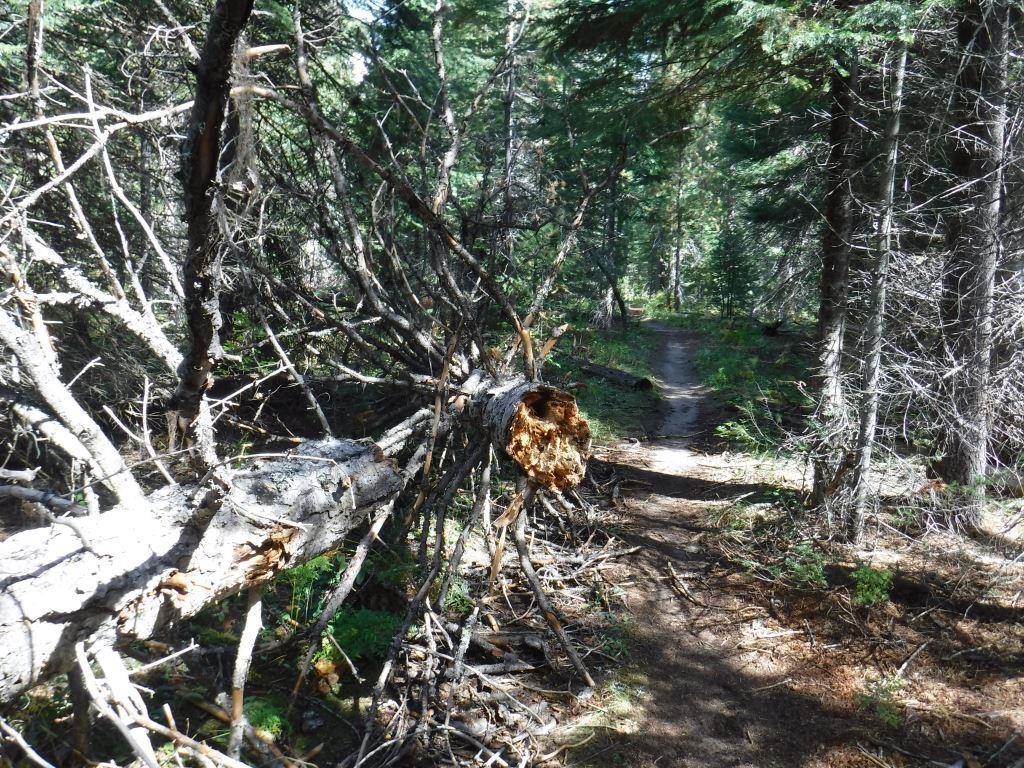
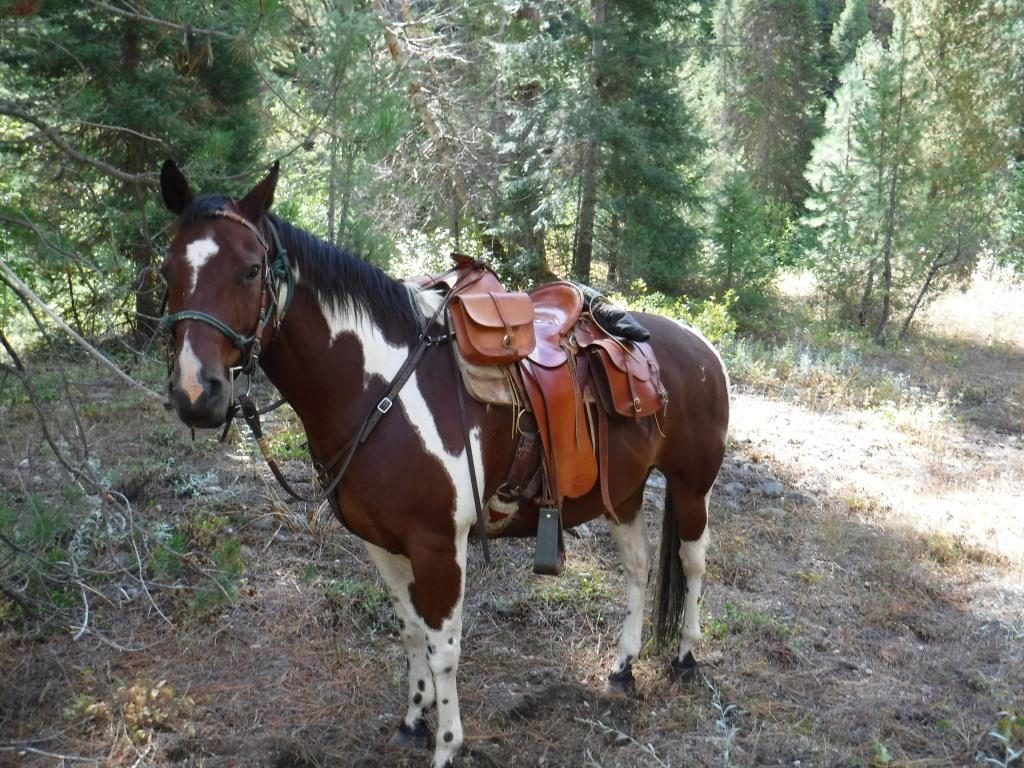
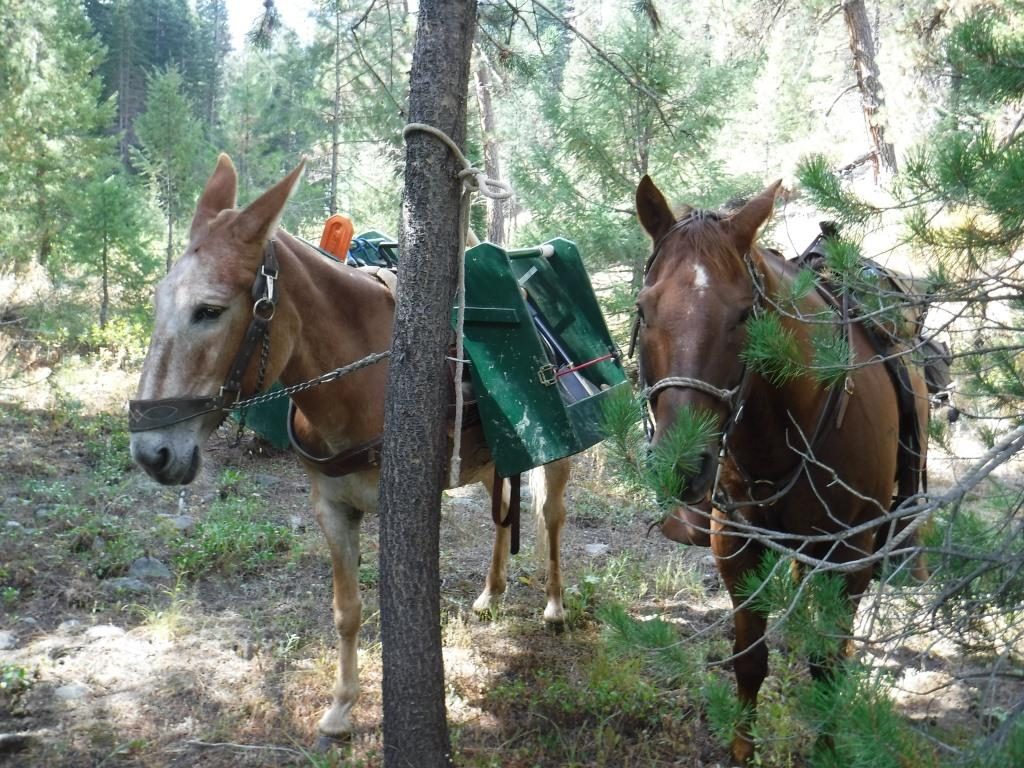
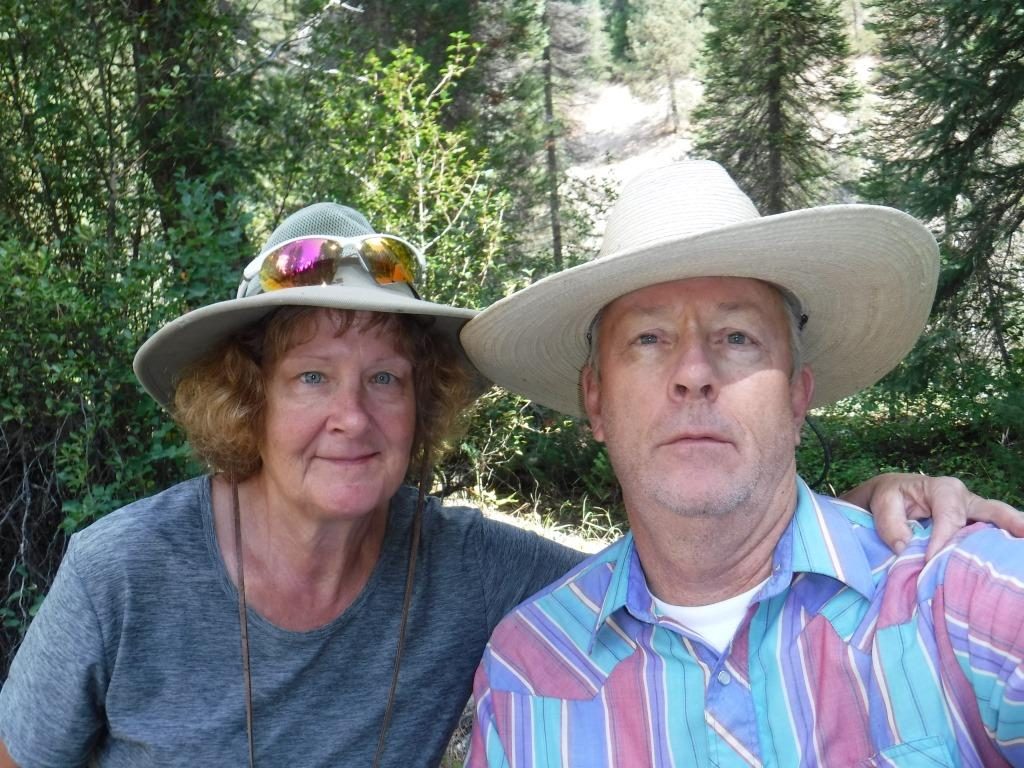

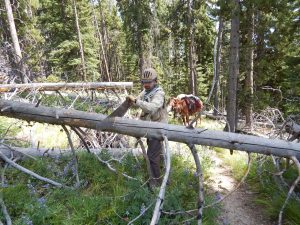 If you believe that your land managers (or trail fairies, take your pick) are able to maintain trails I can tell you about a Gilligan’s Island trip into the Pasayten Wilderness where a 3 hour ride became an 8 hour ordeal of trail clearing.
If you believe that your land managers (or trail fairies, take your pick) are able to maintain trails I can tell you about a Gilligan’s Island trip into the Pasayten Wilderness where a 3 hour ride became an 8 hour ordeal of trail clearing.